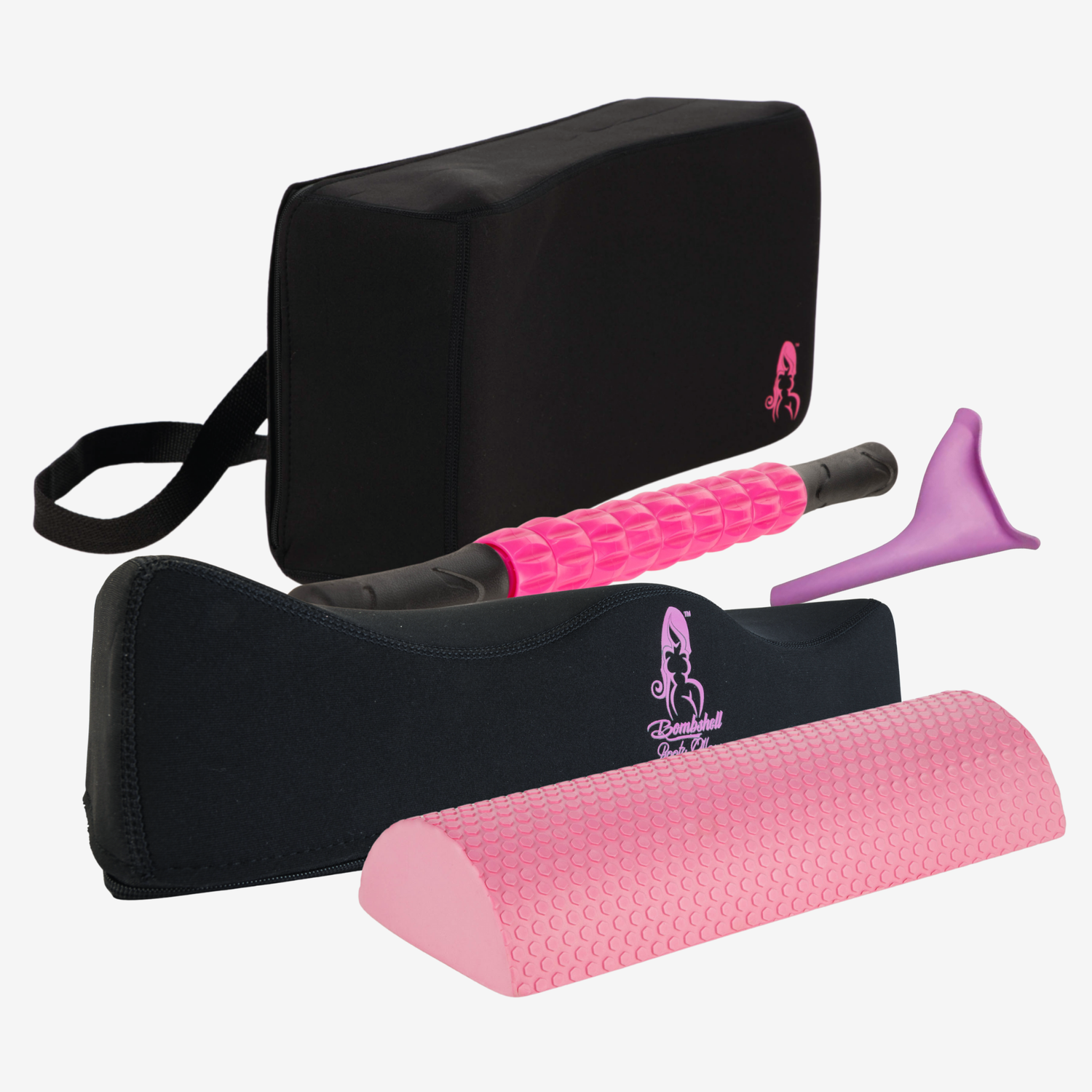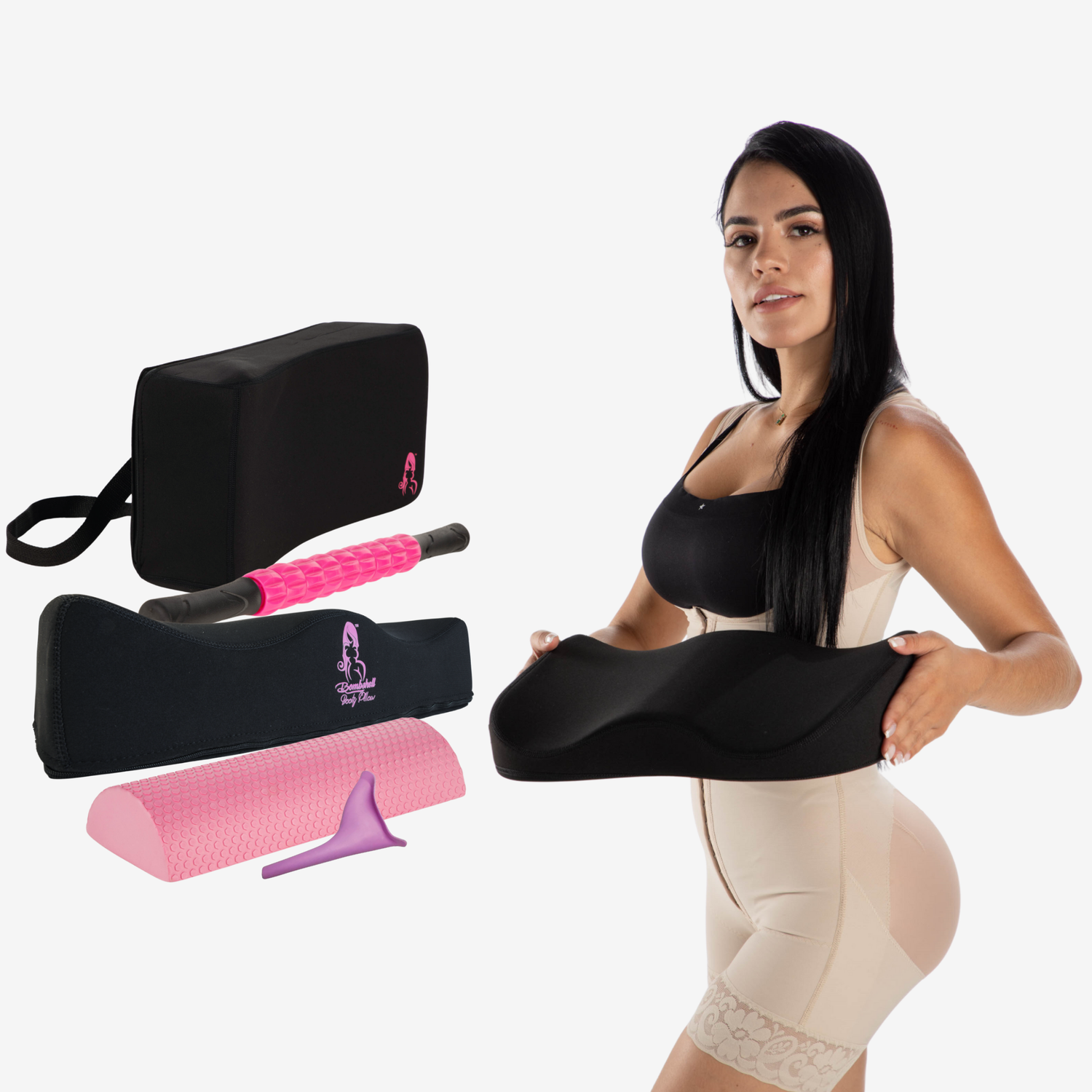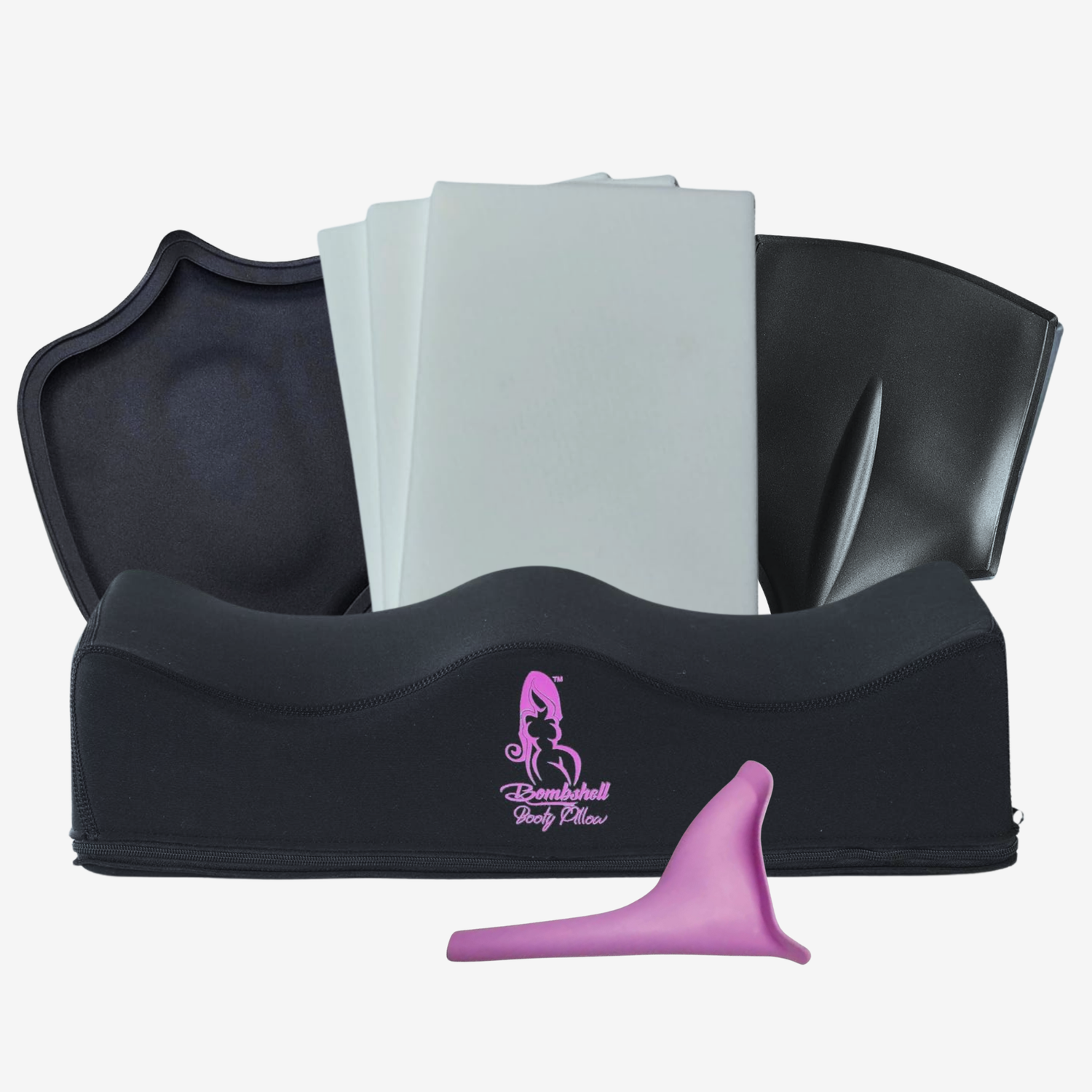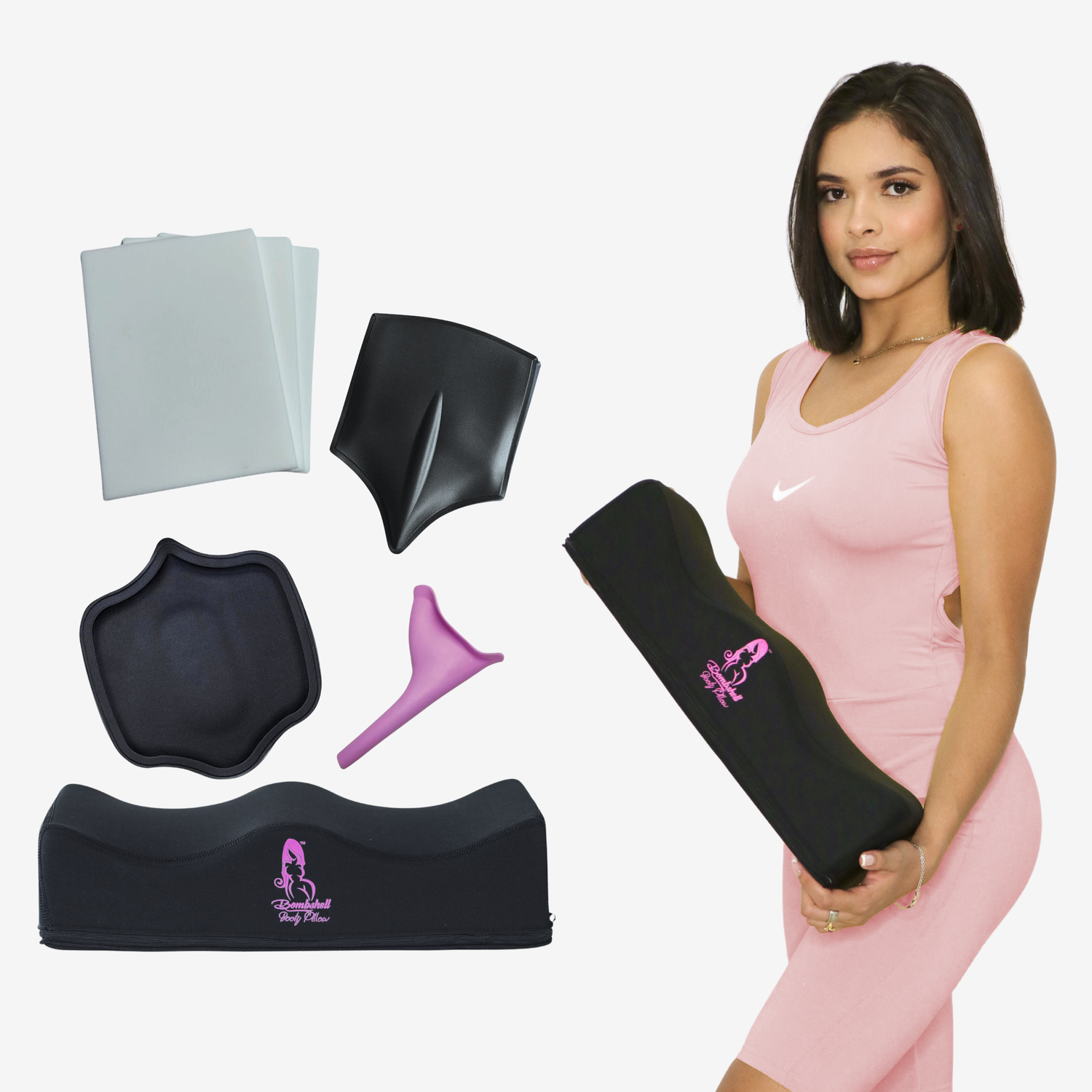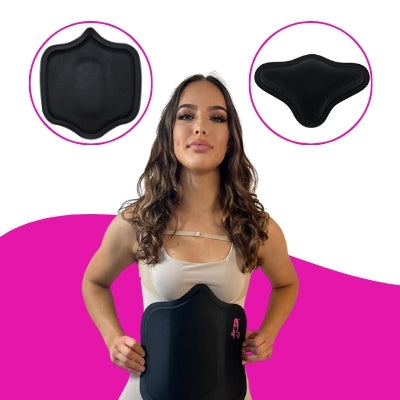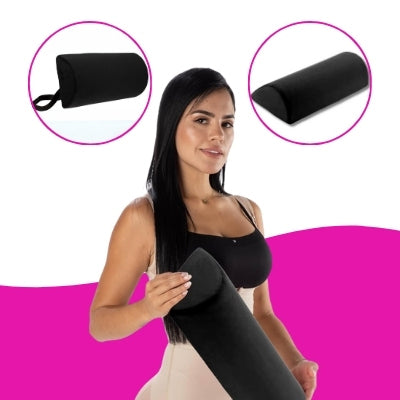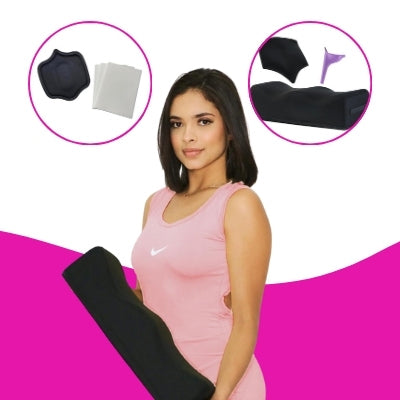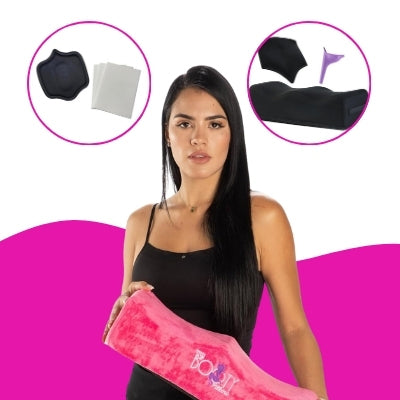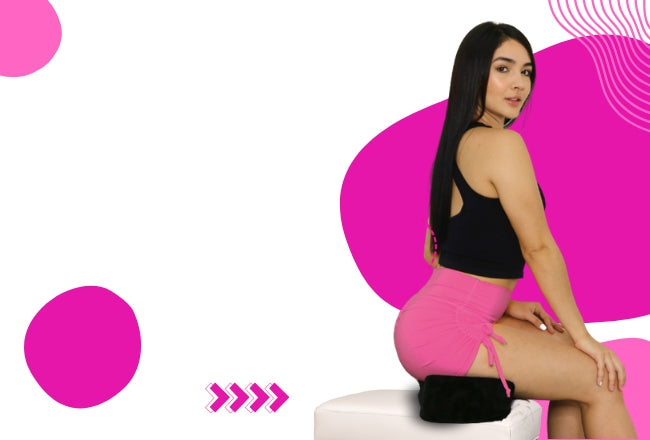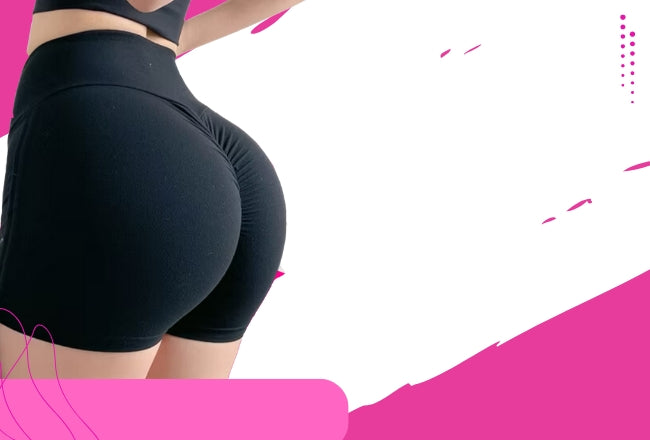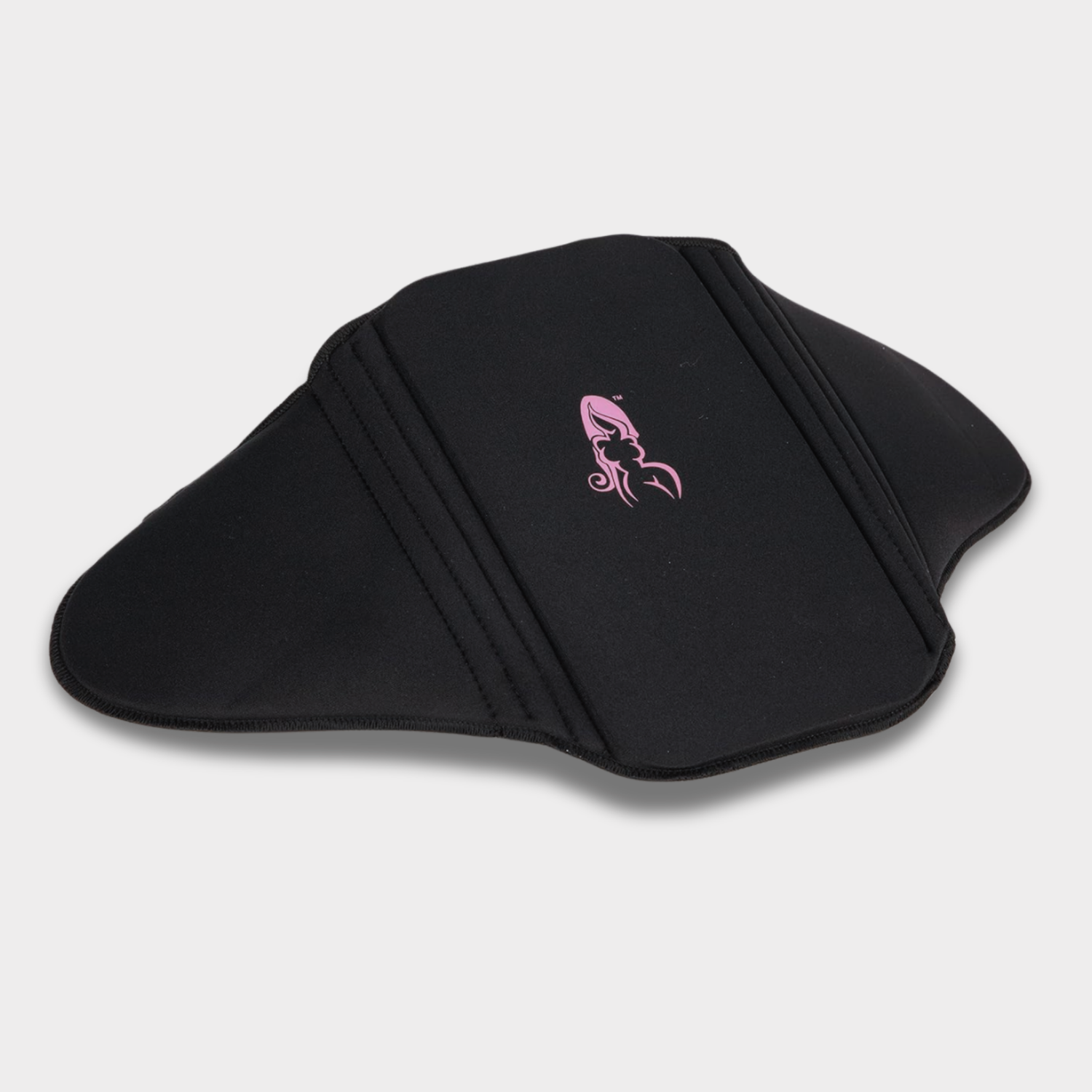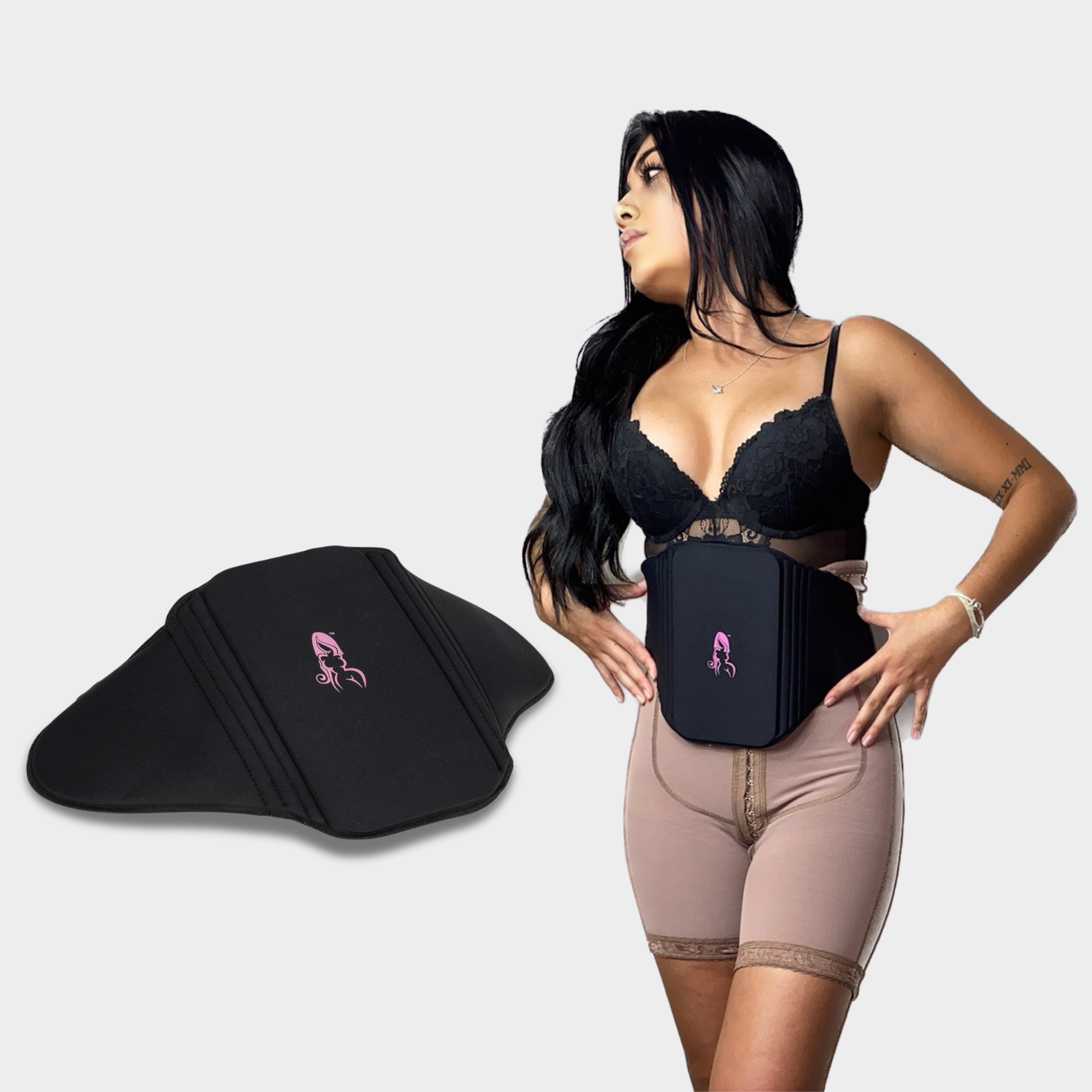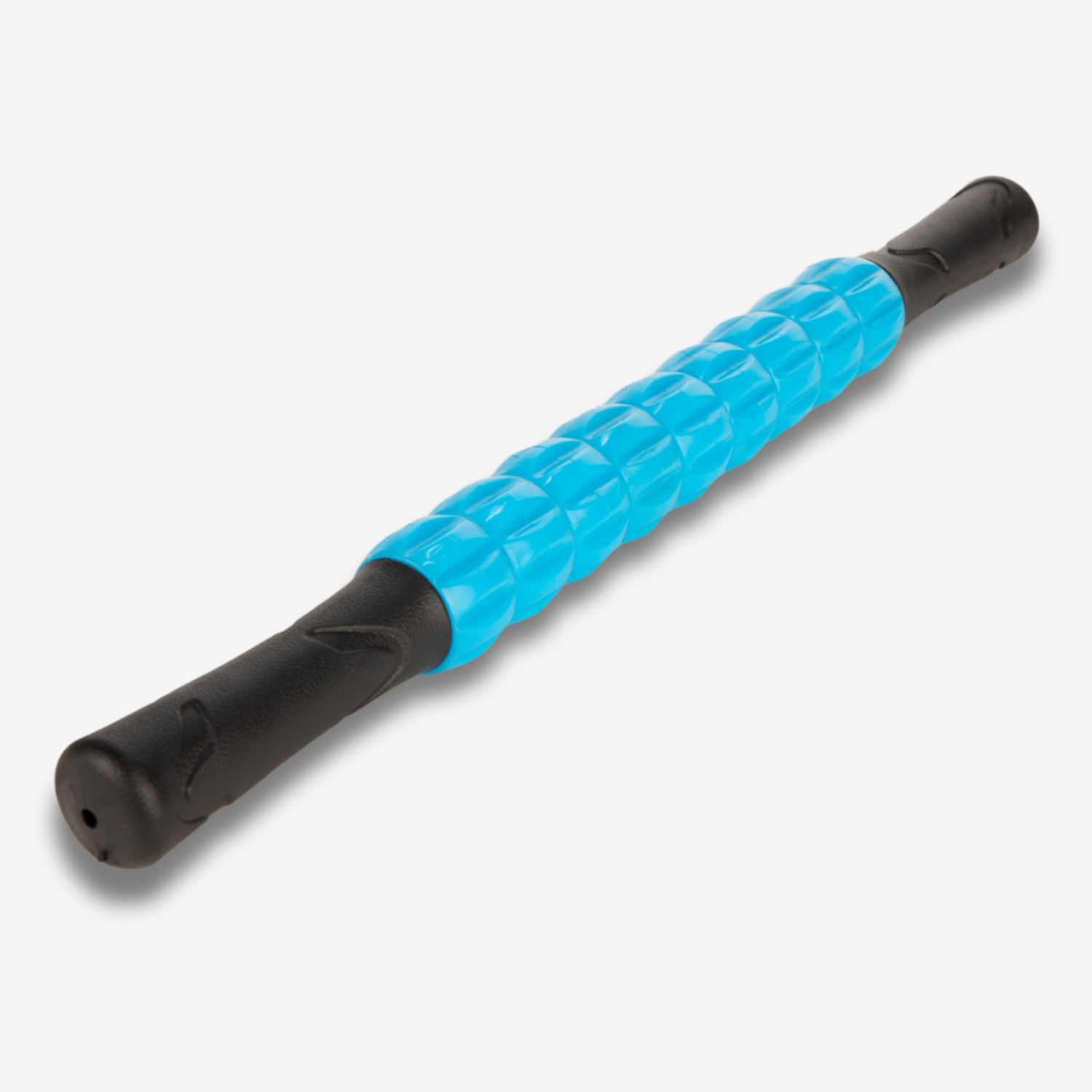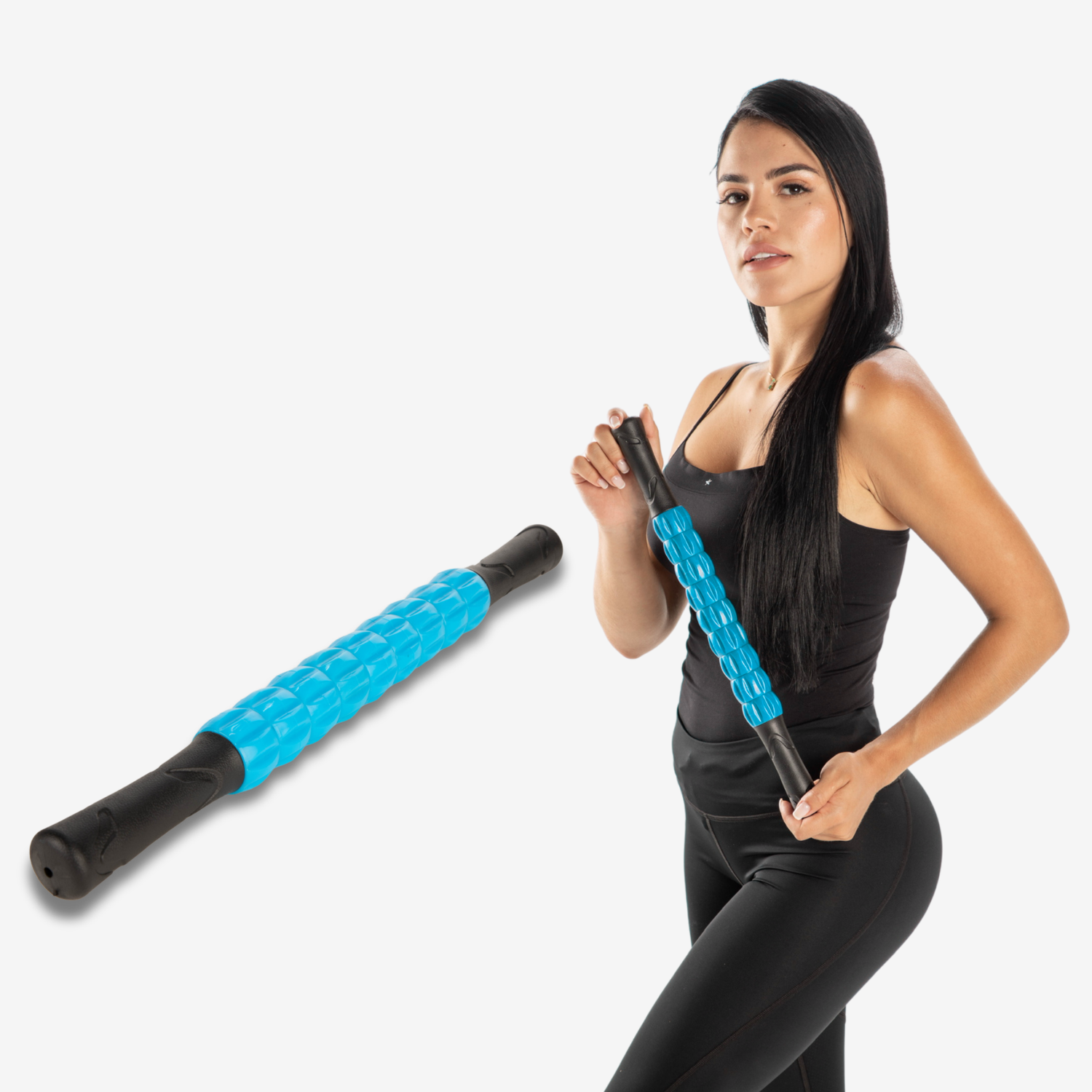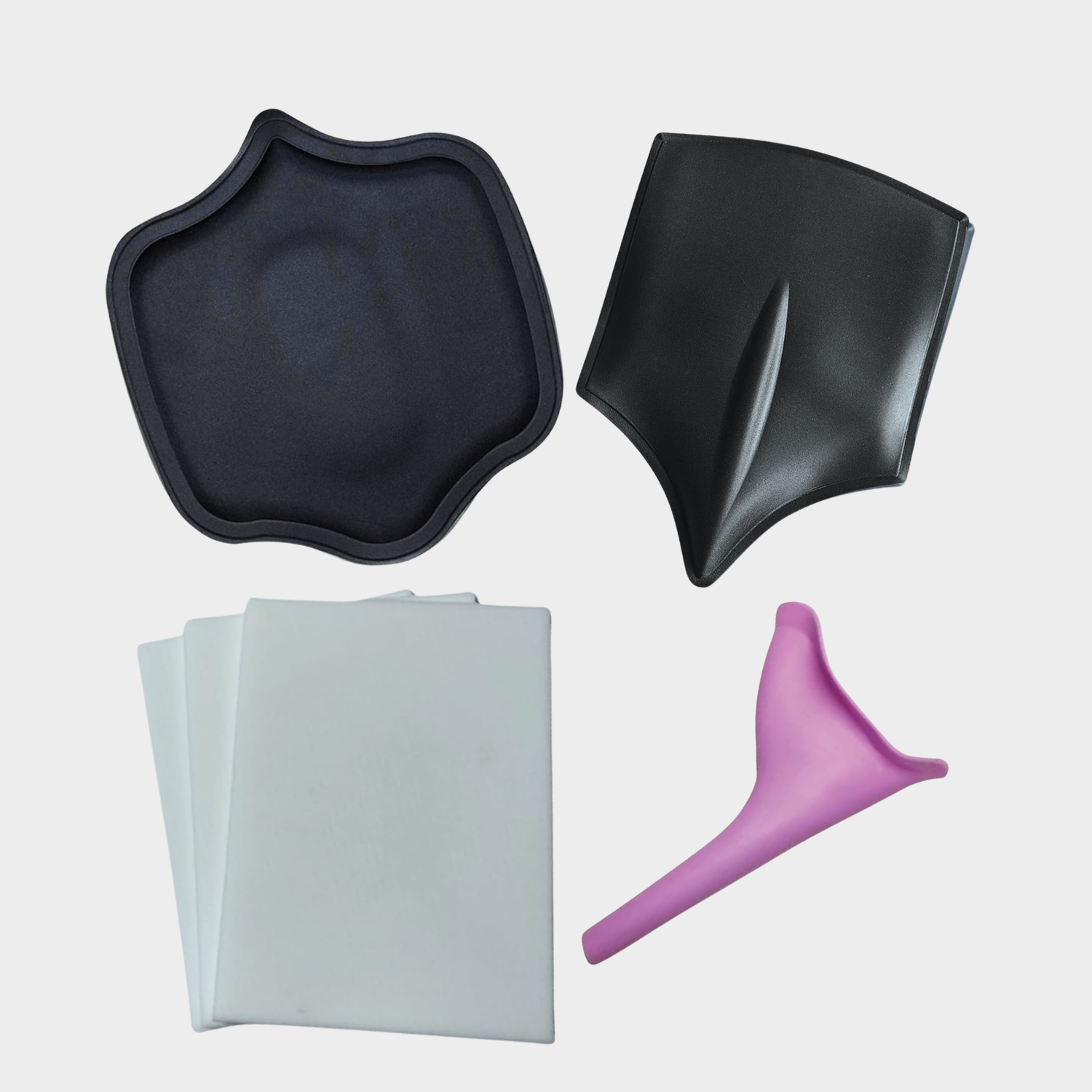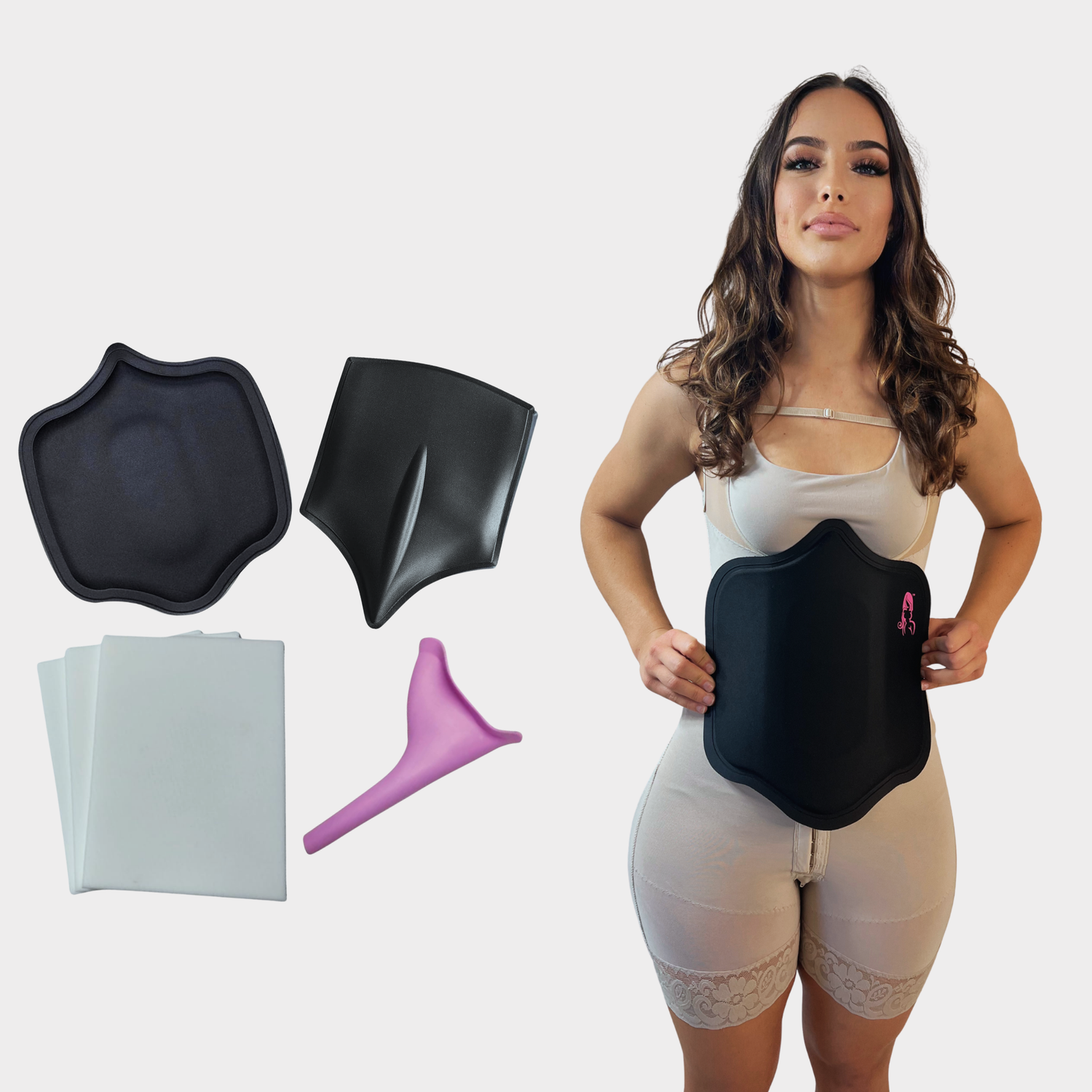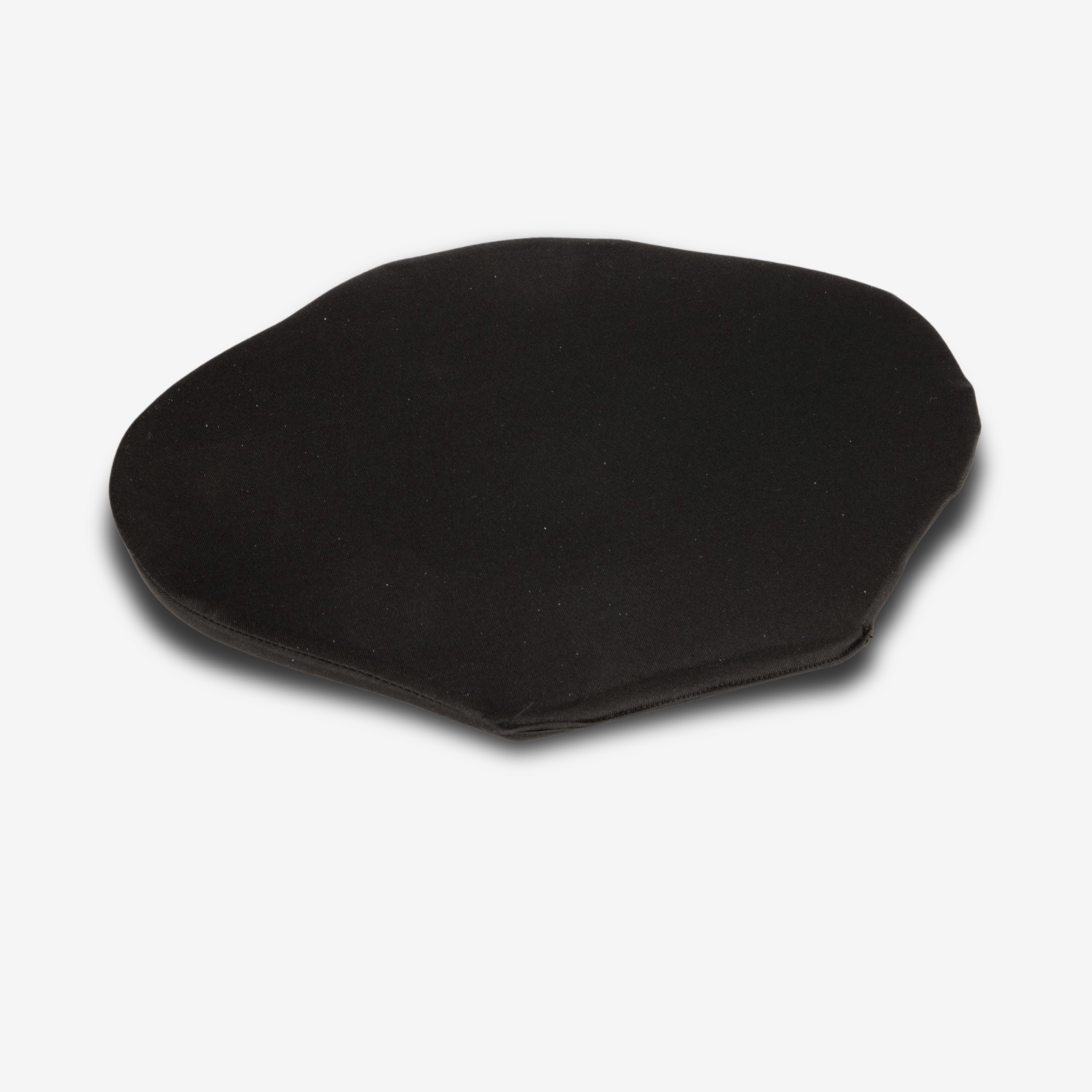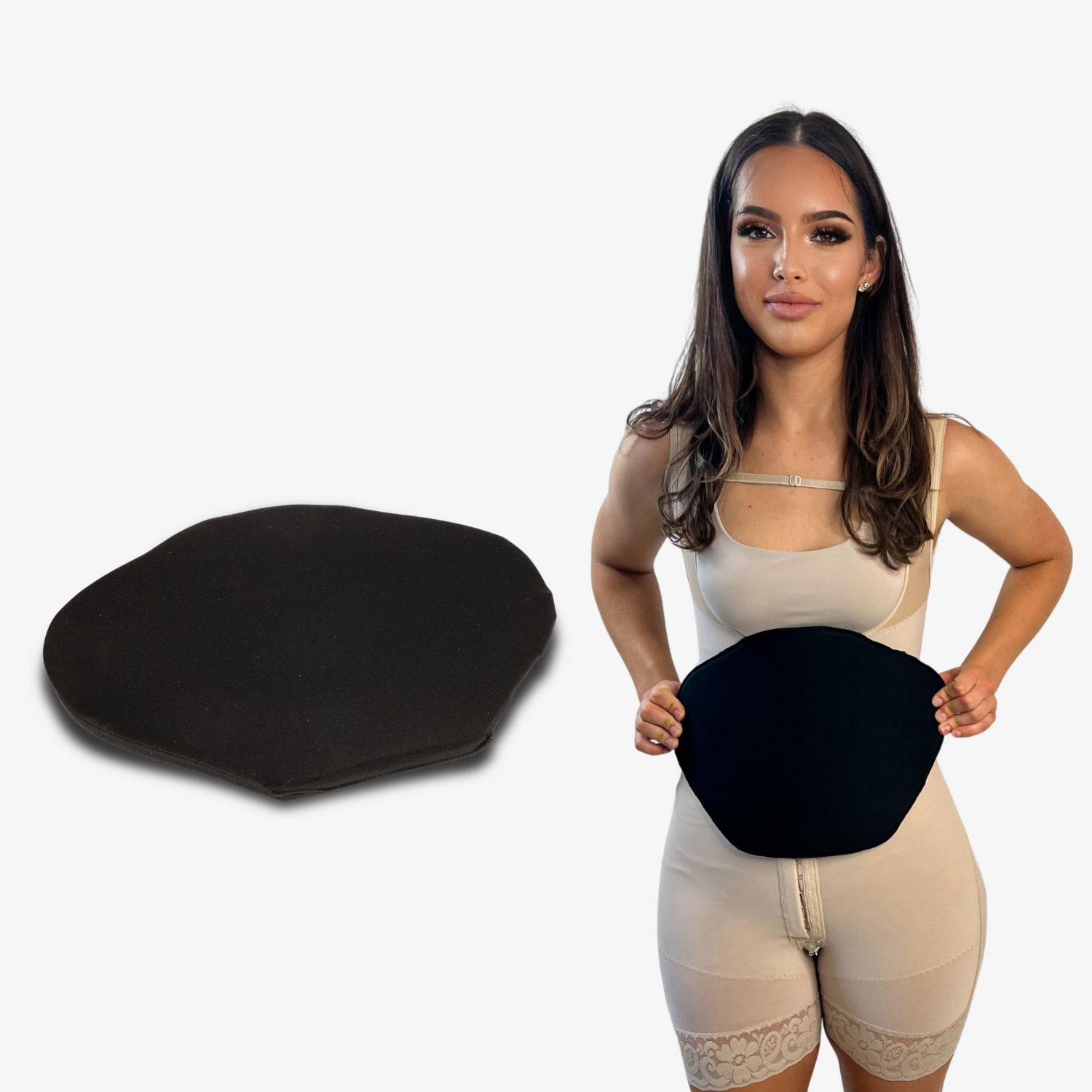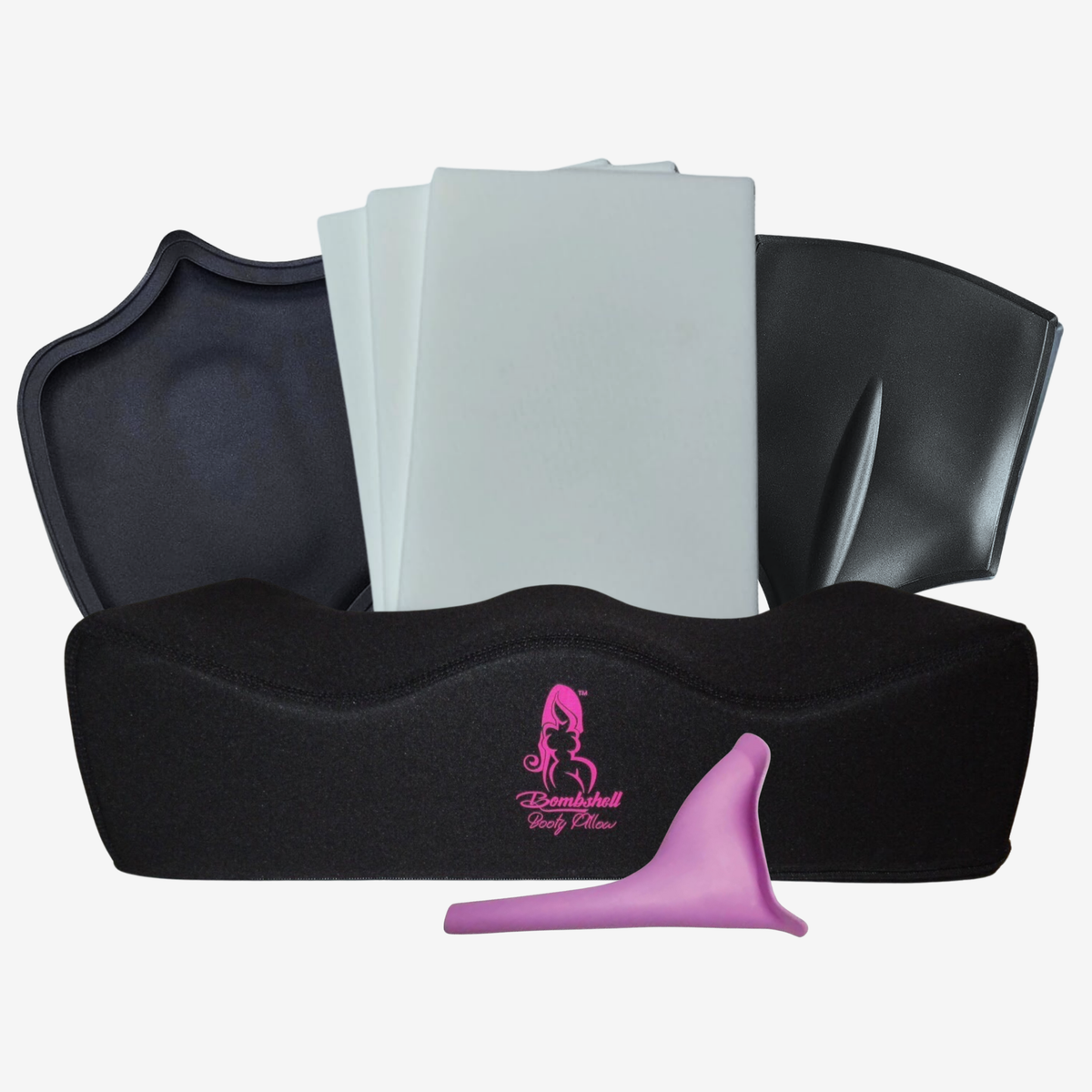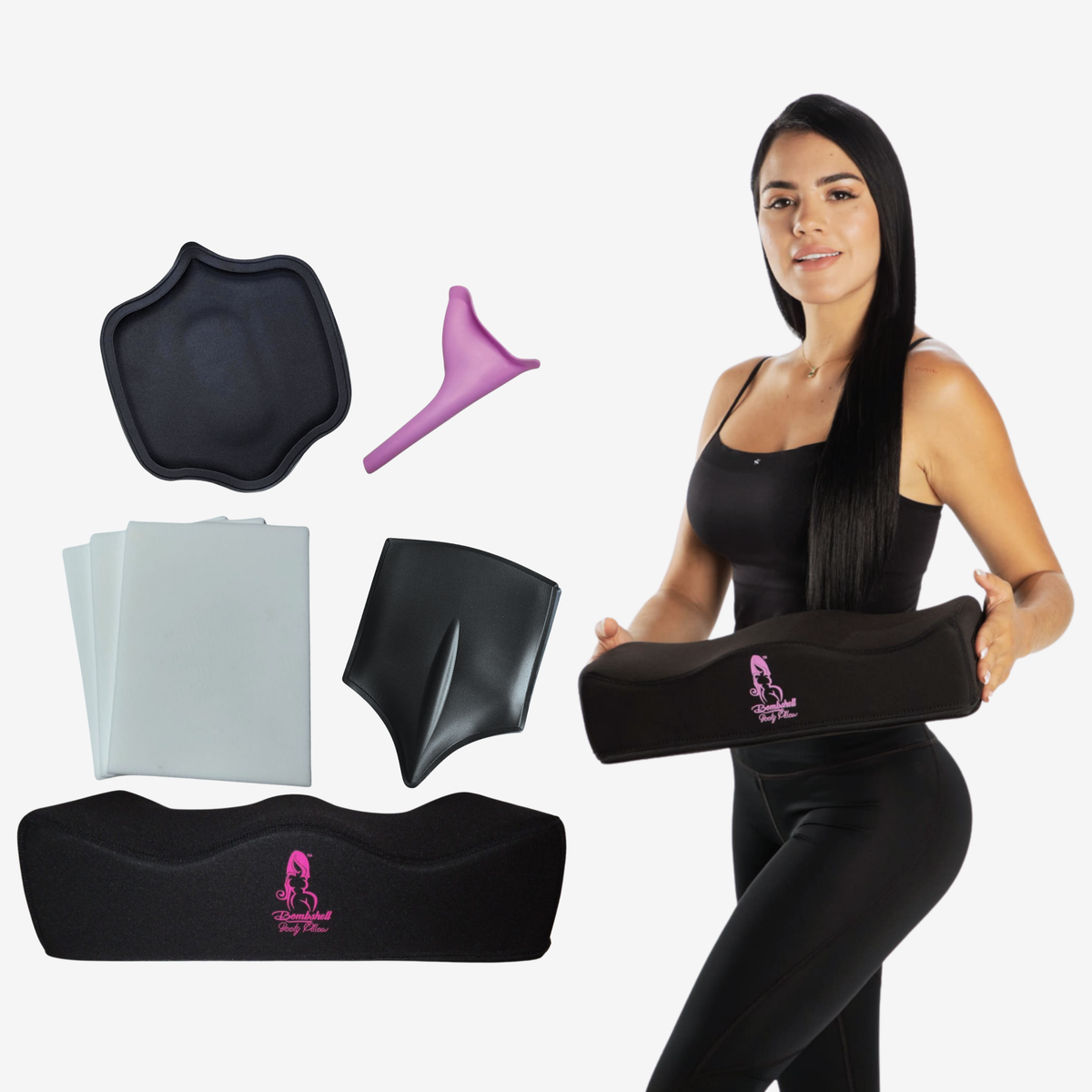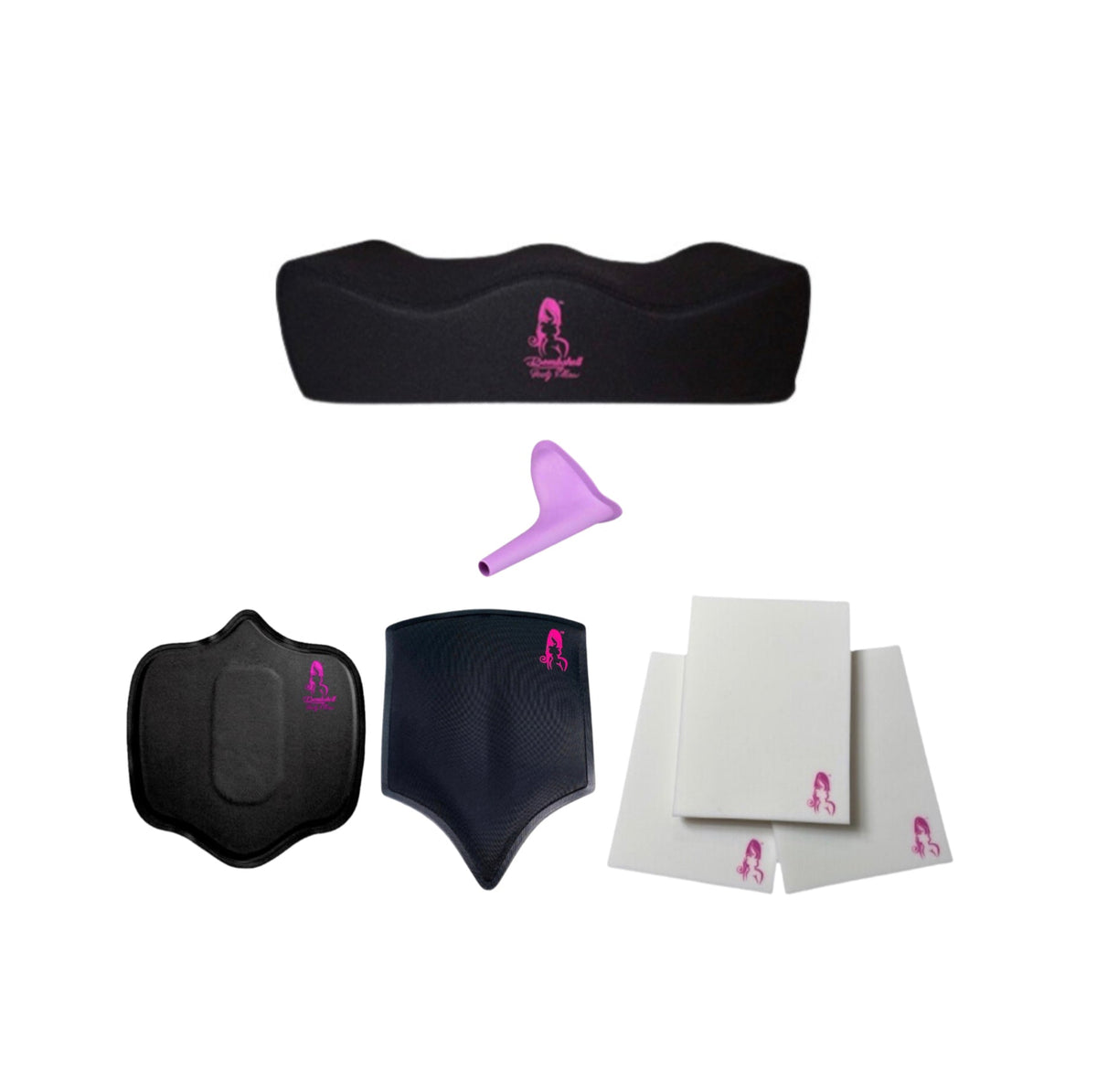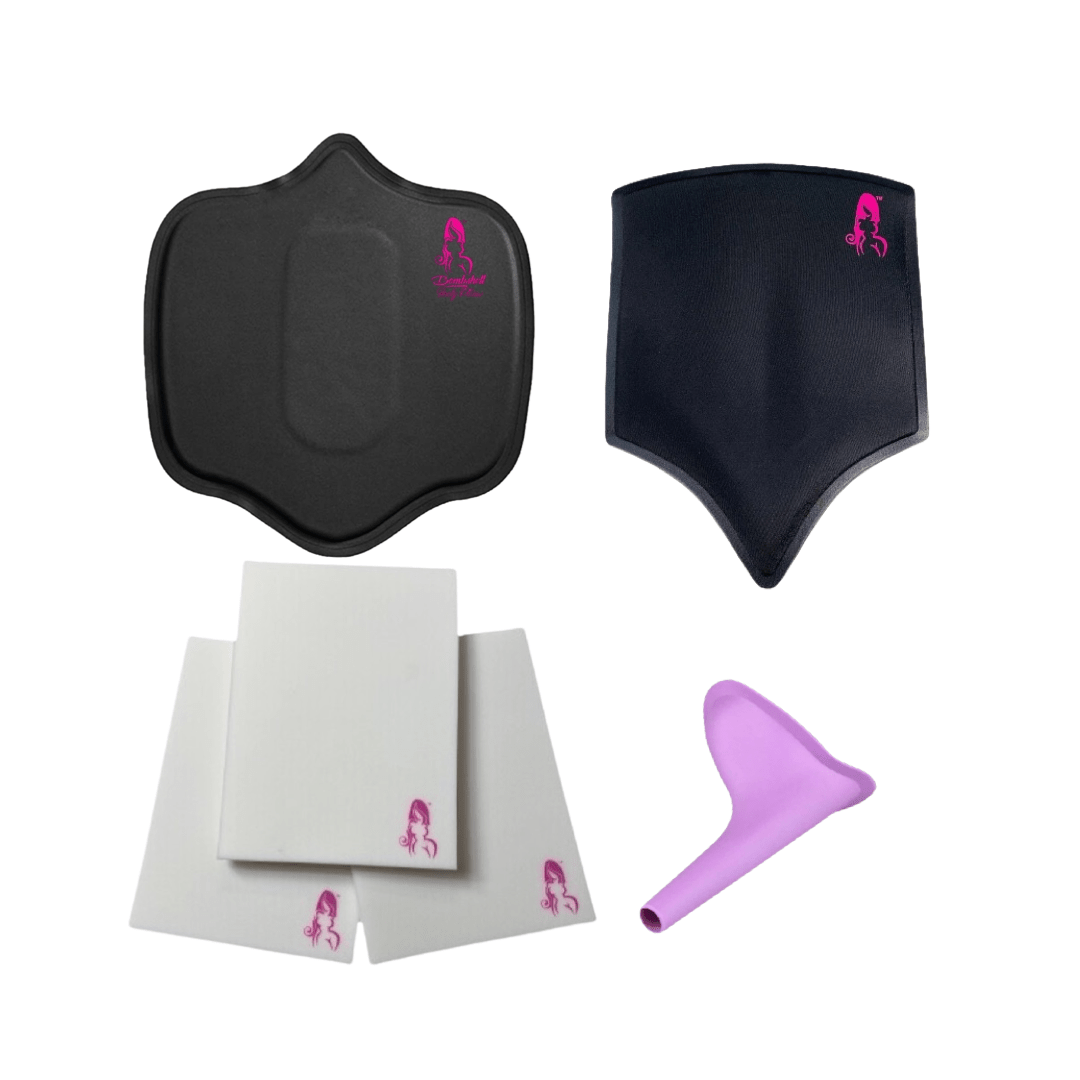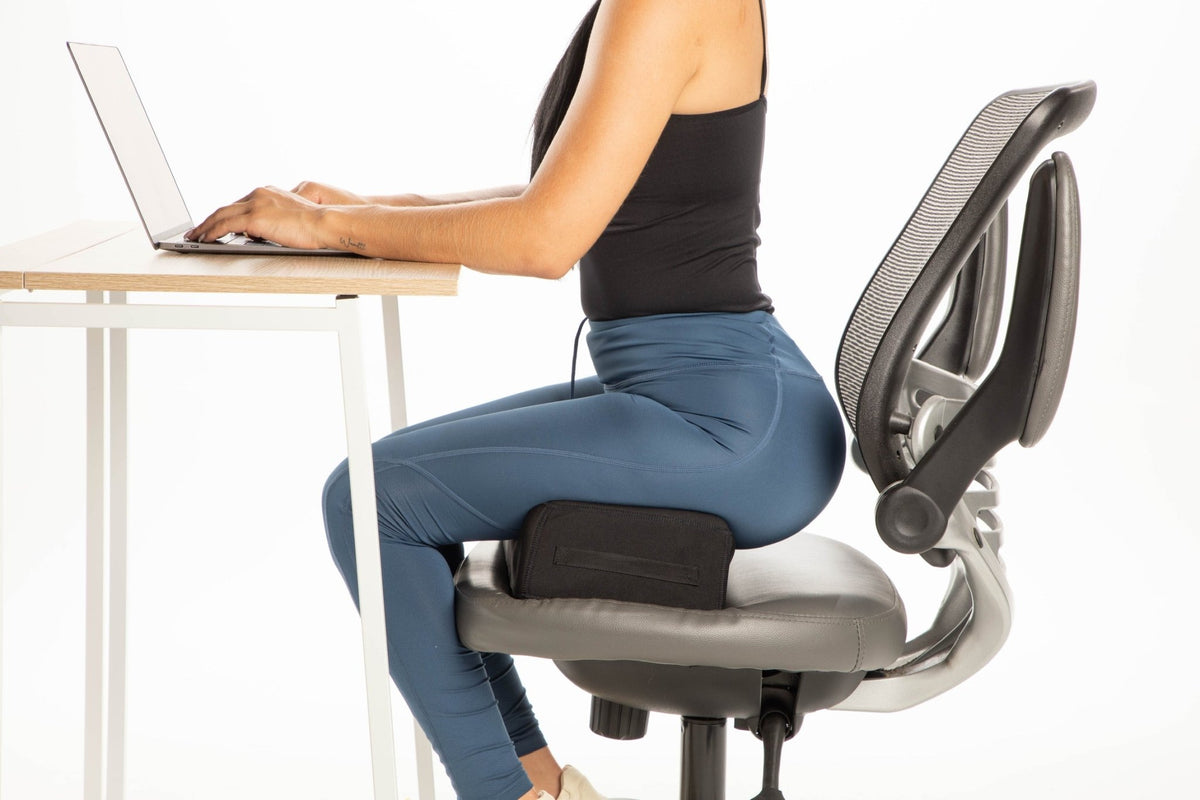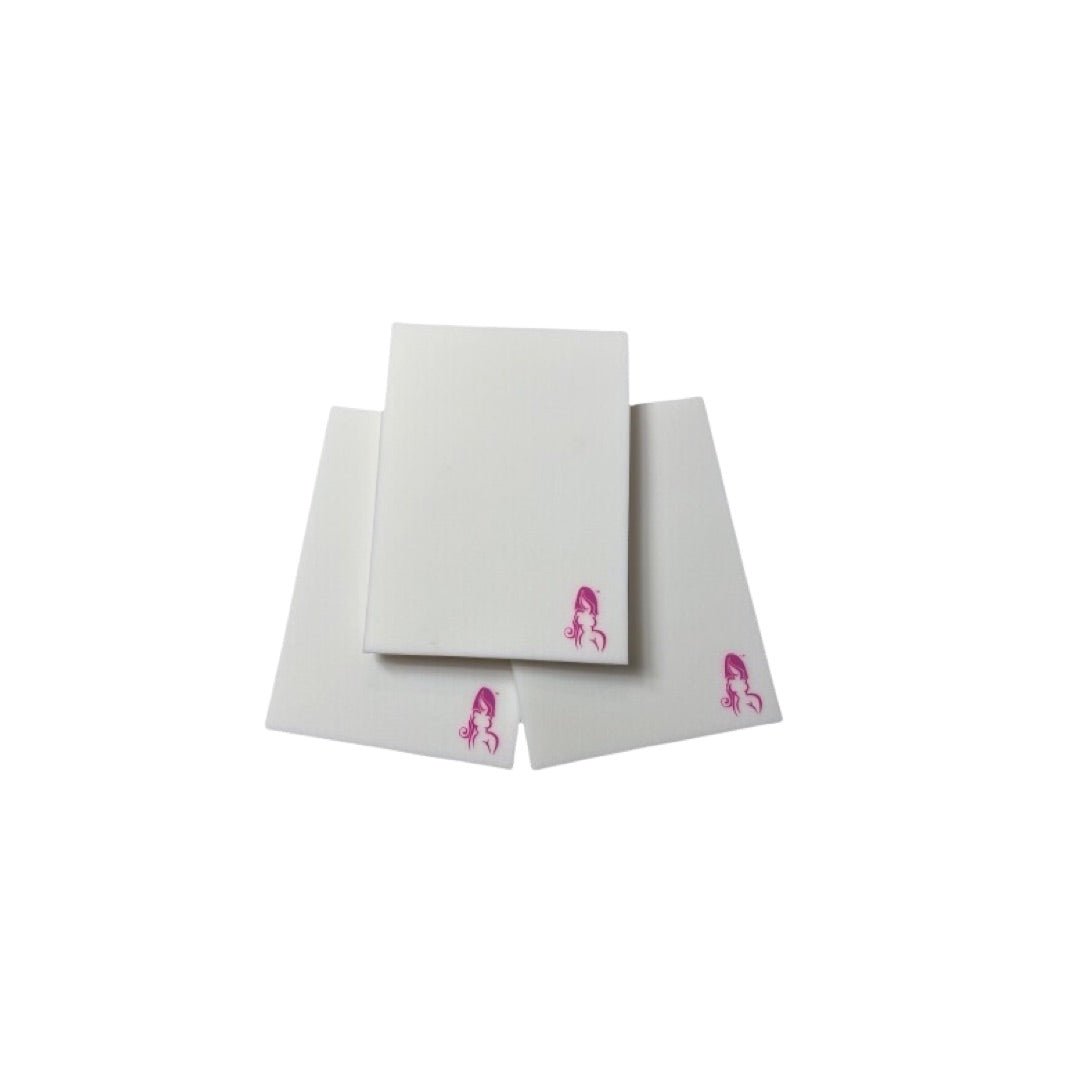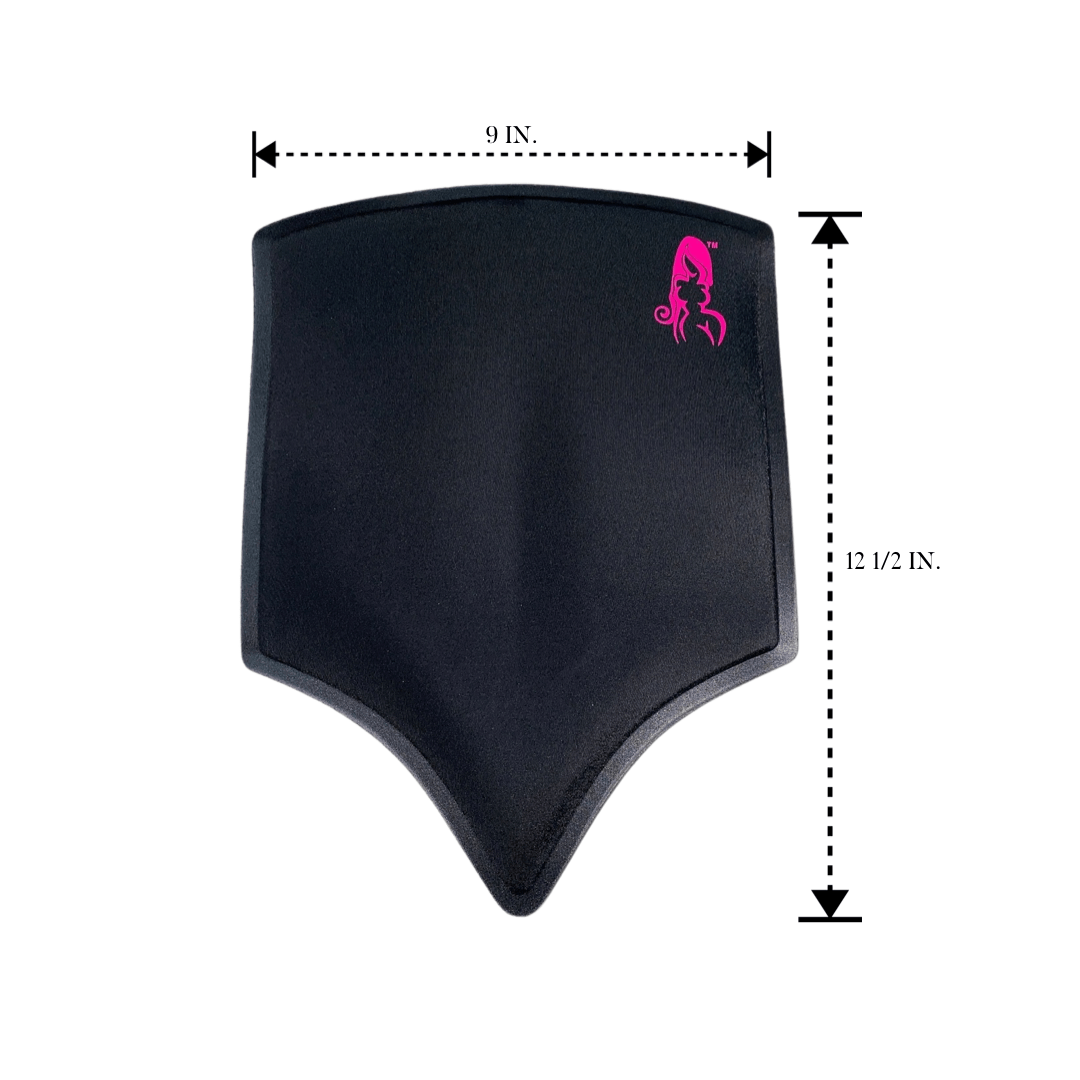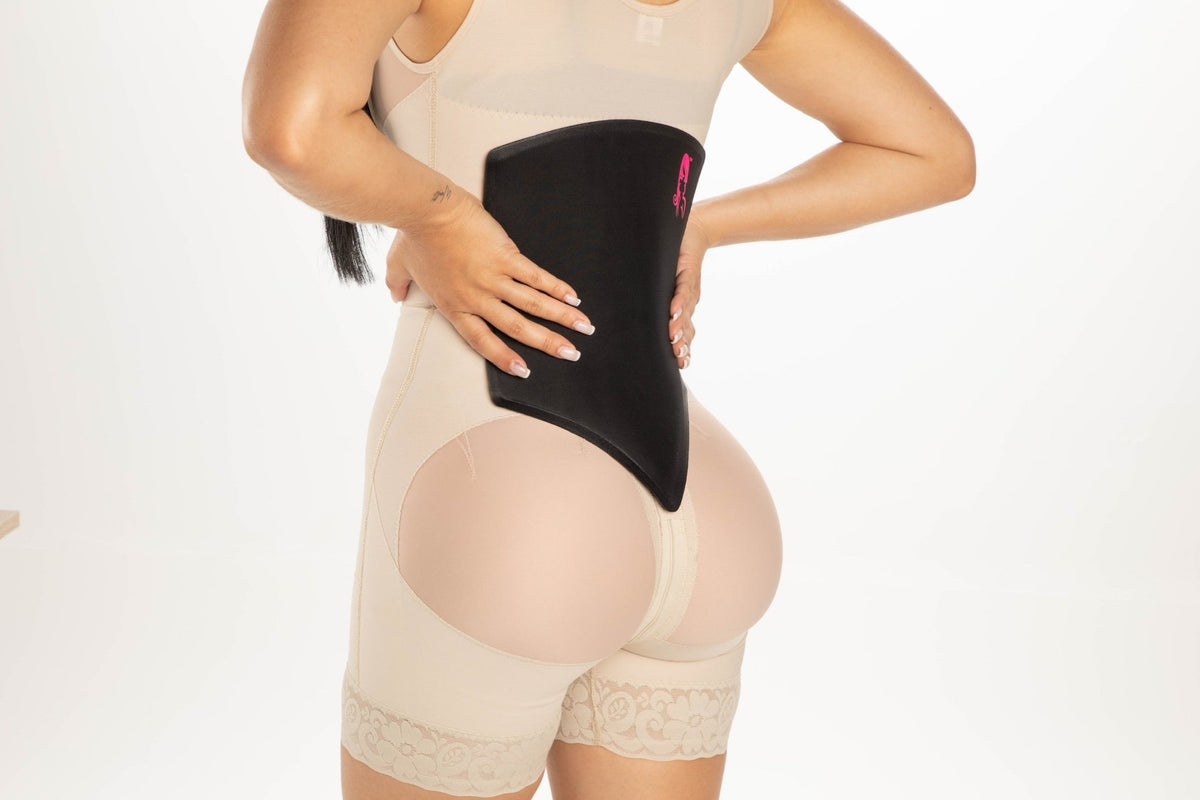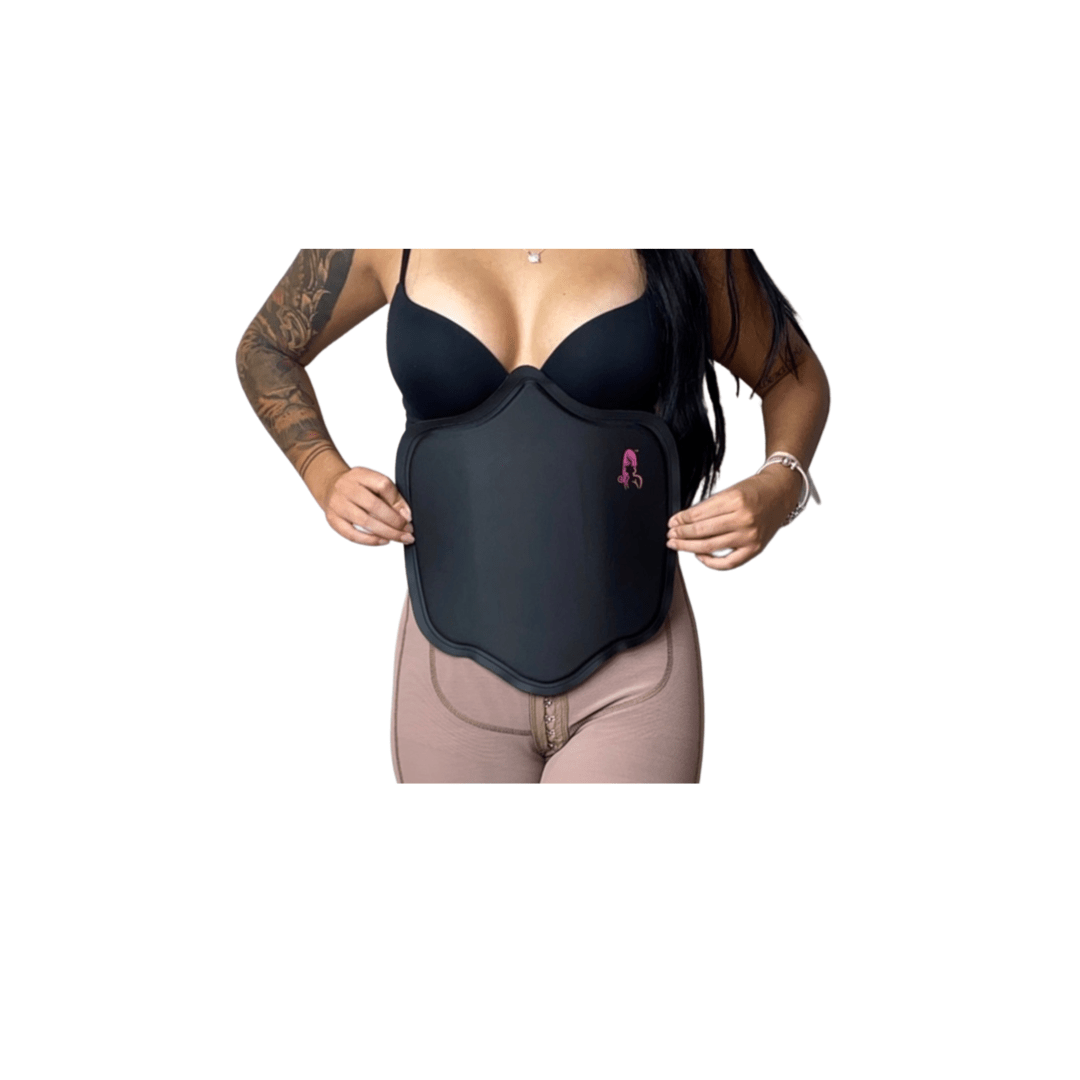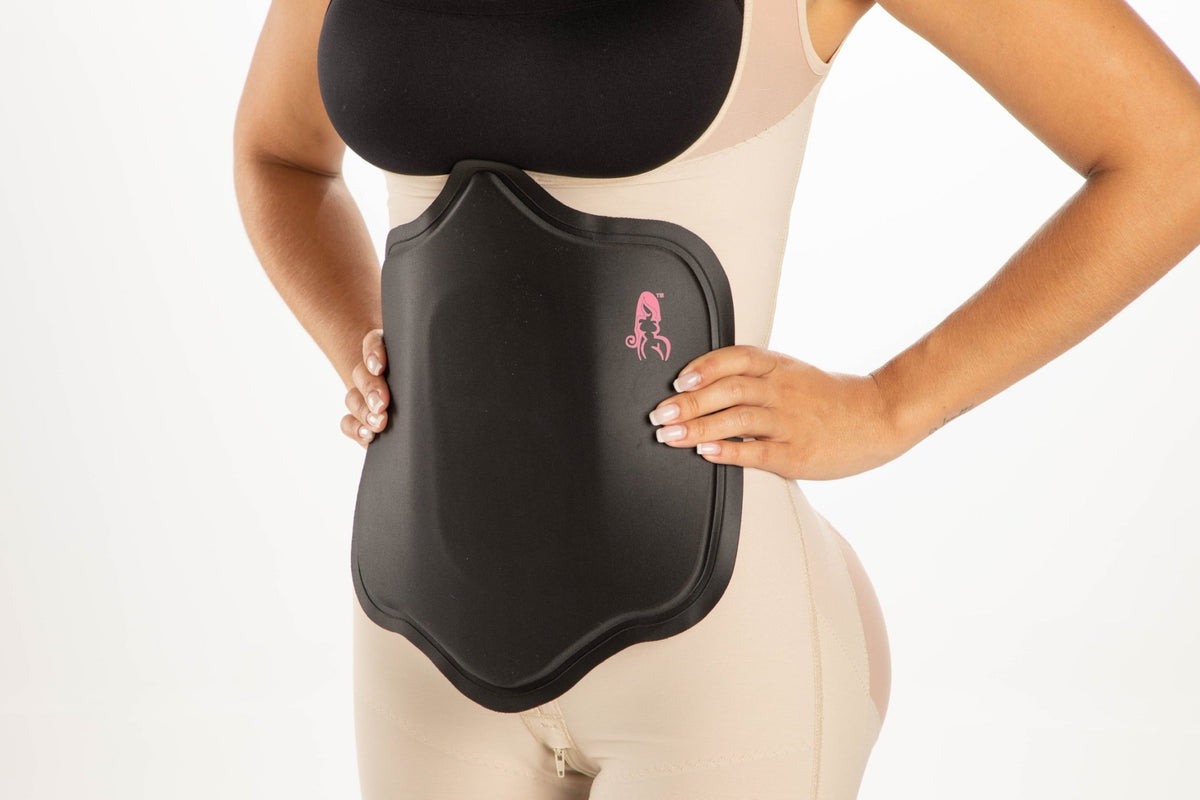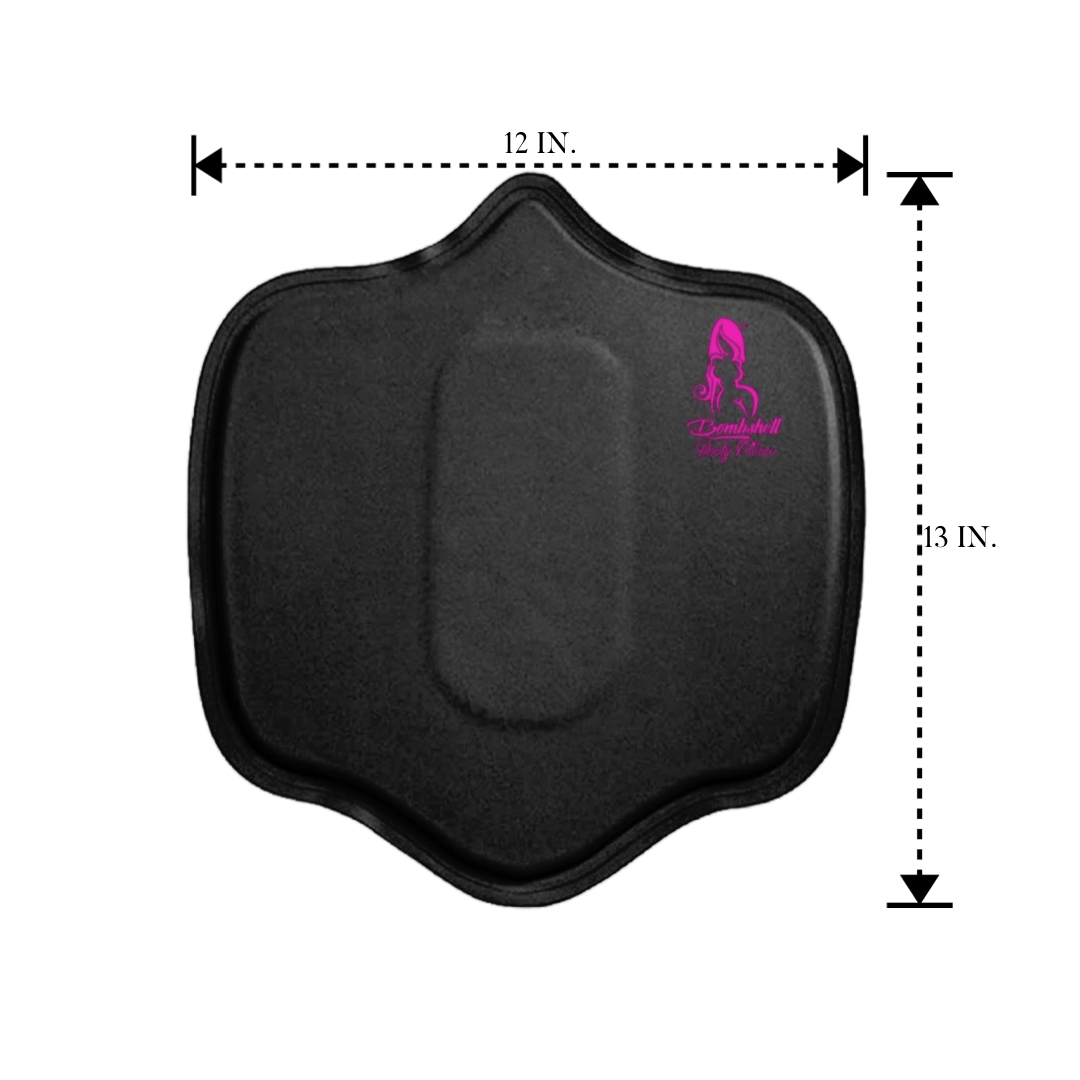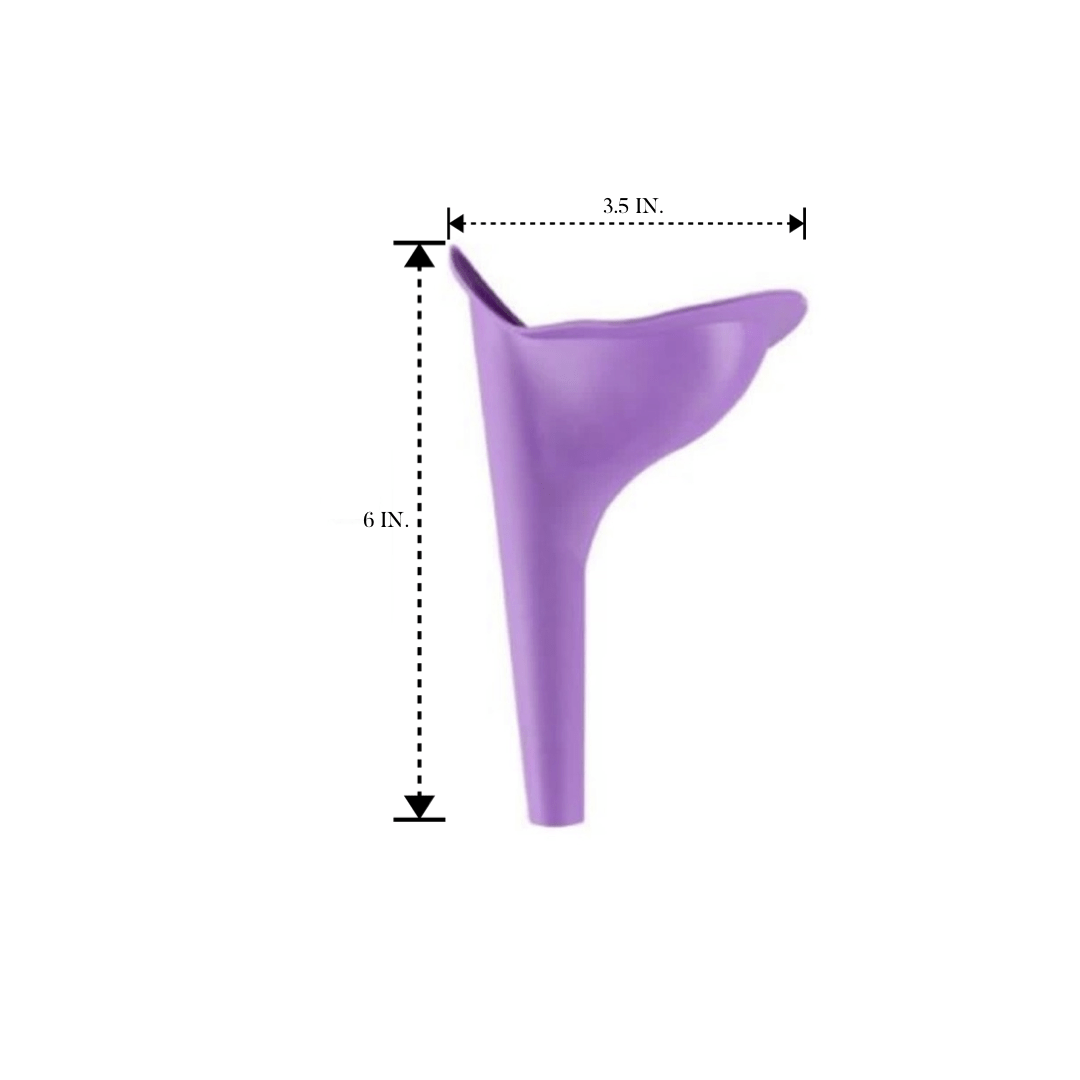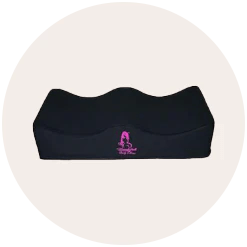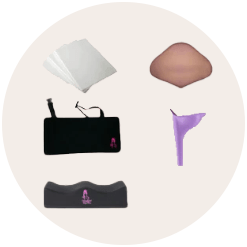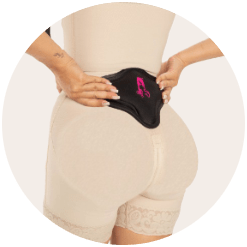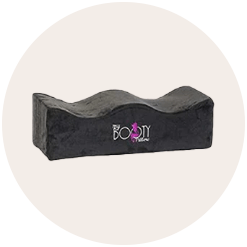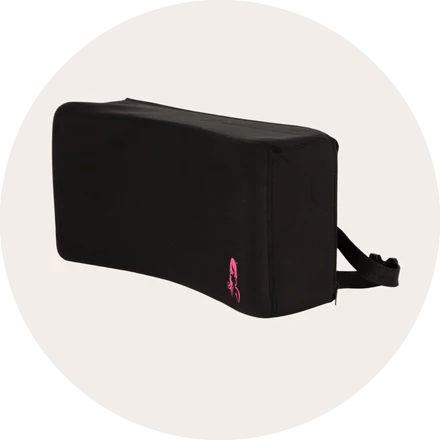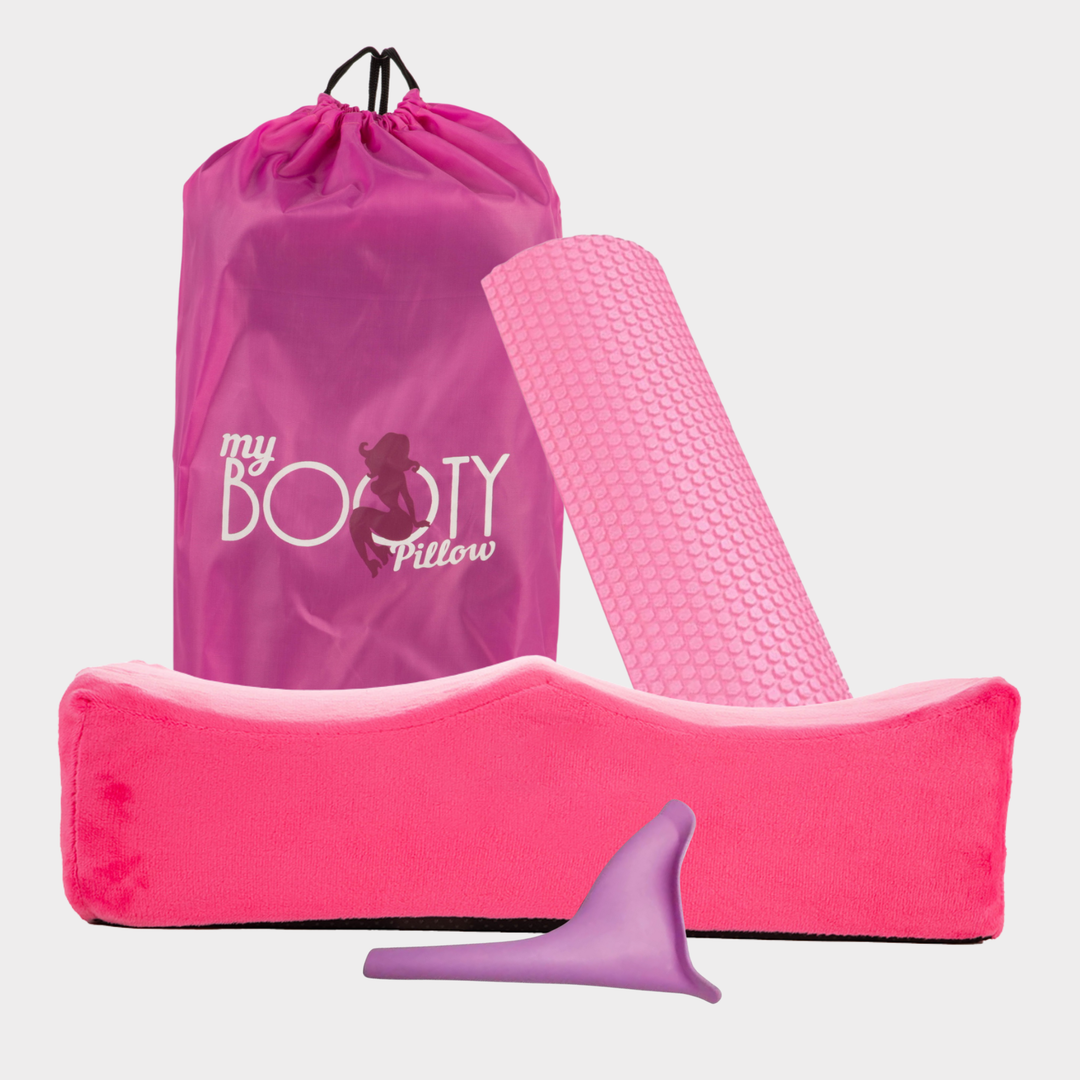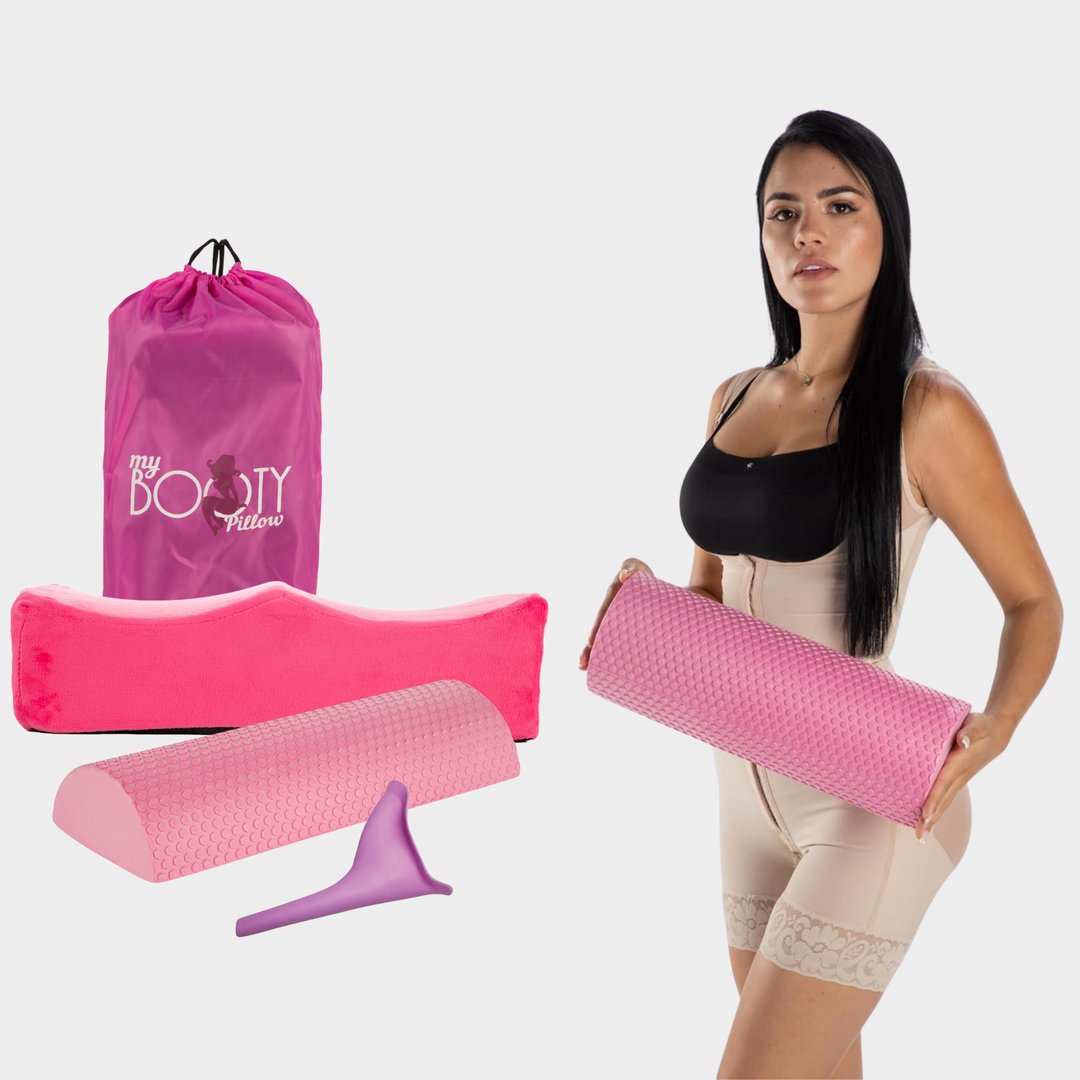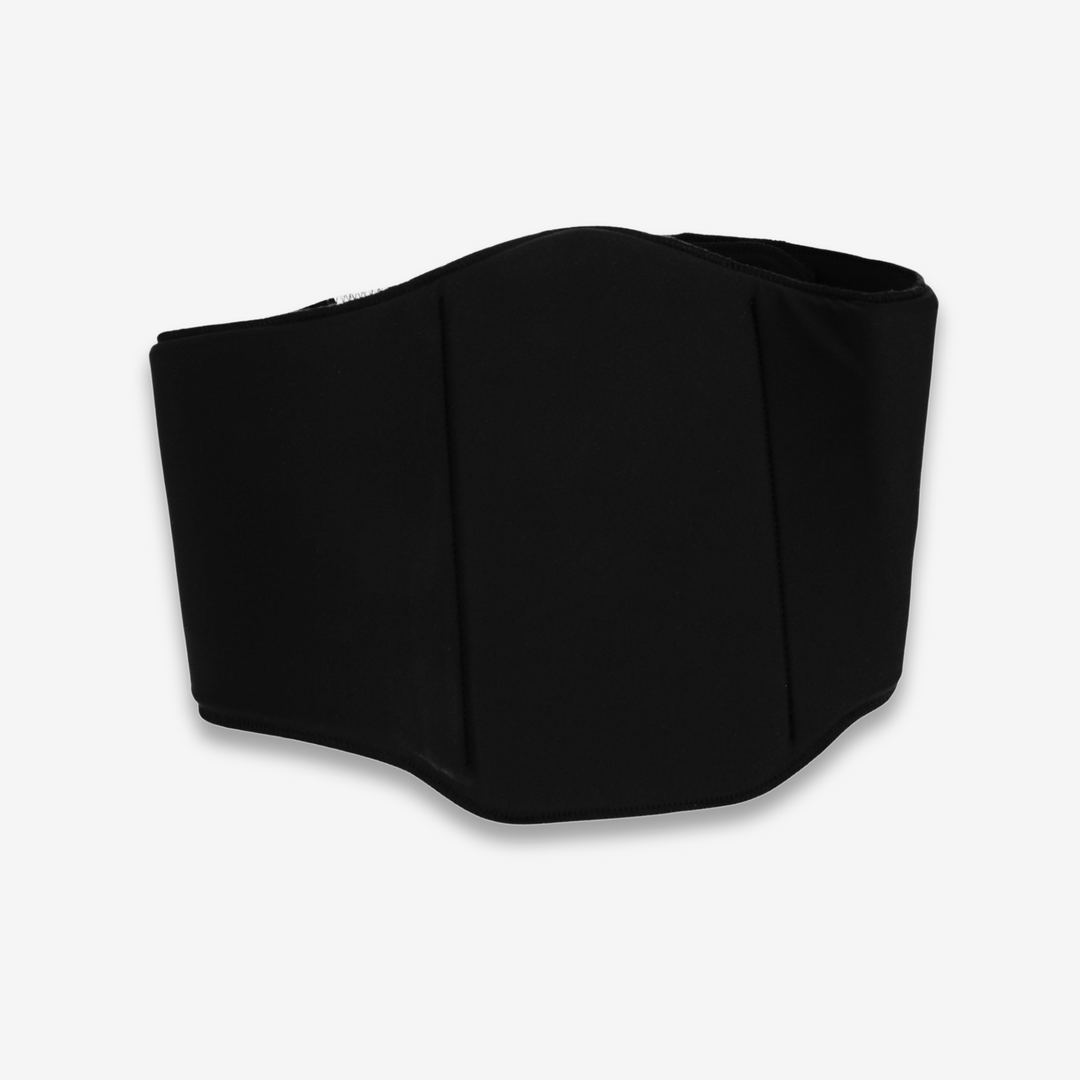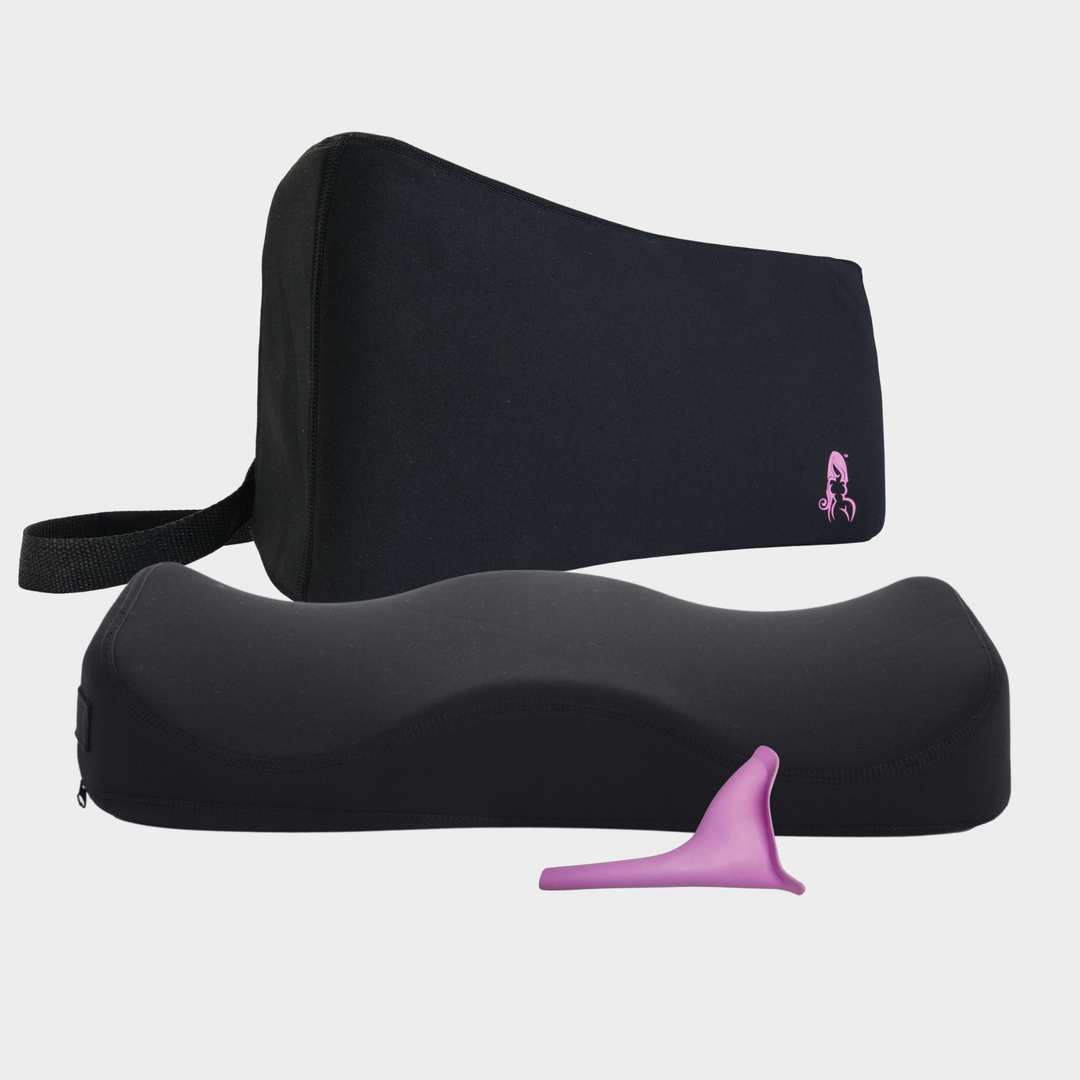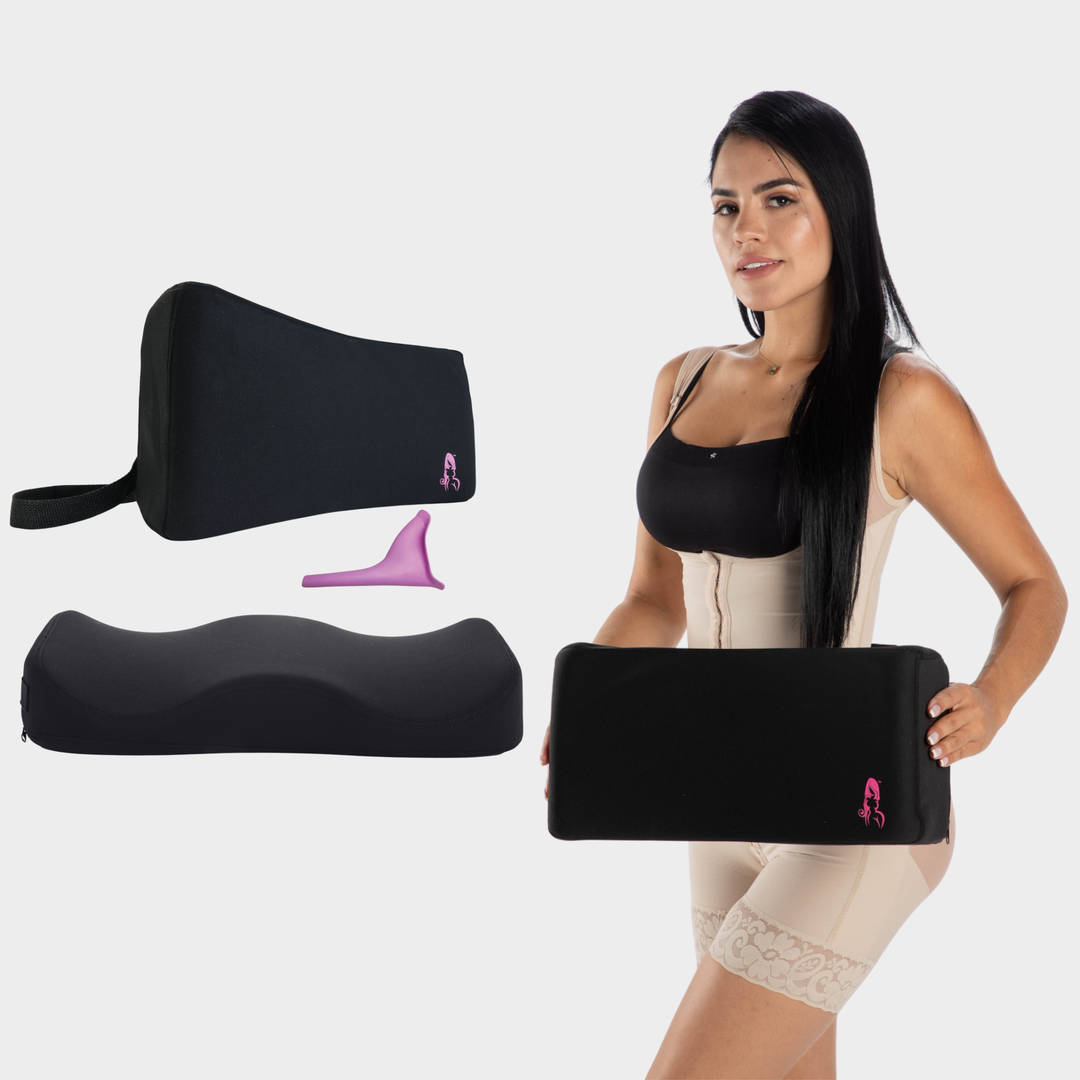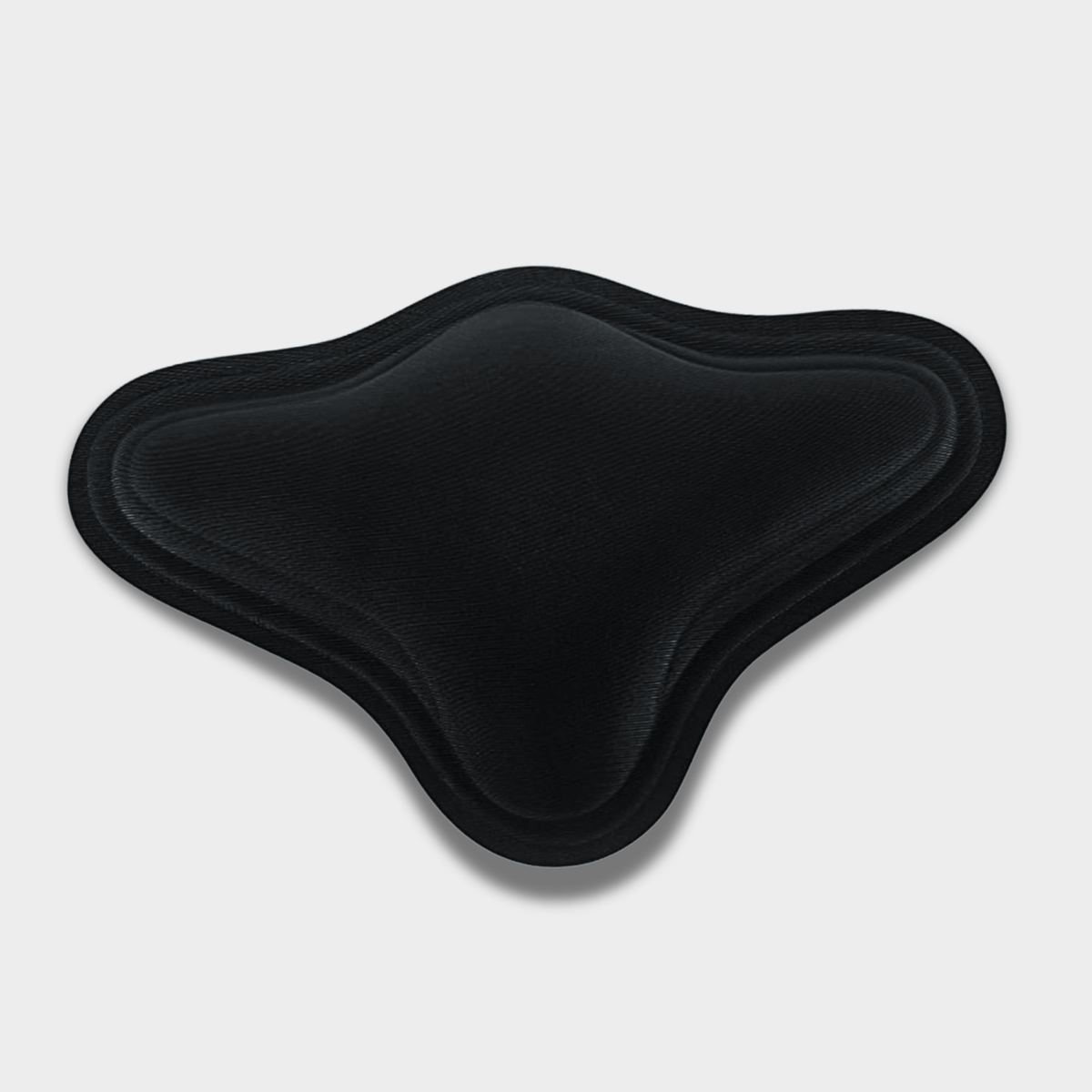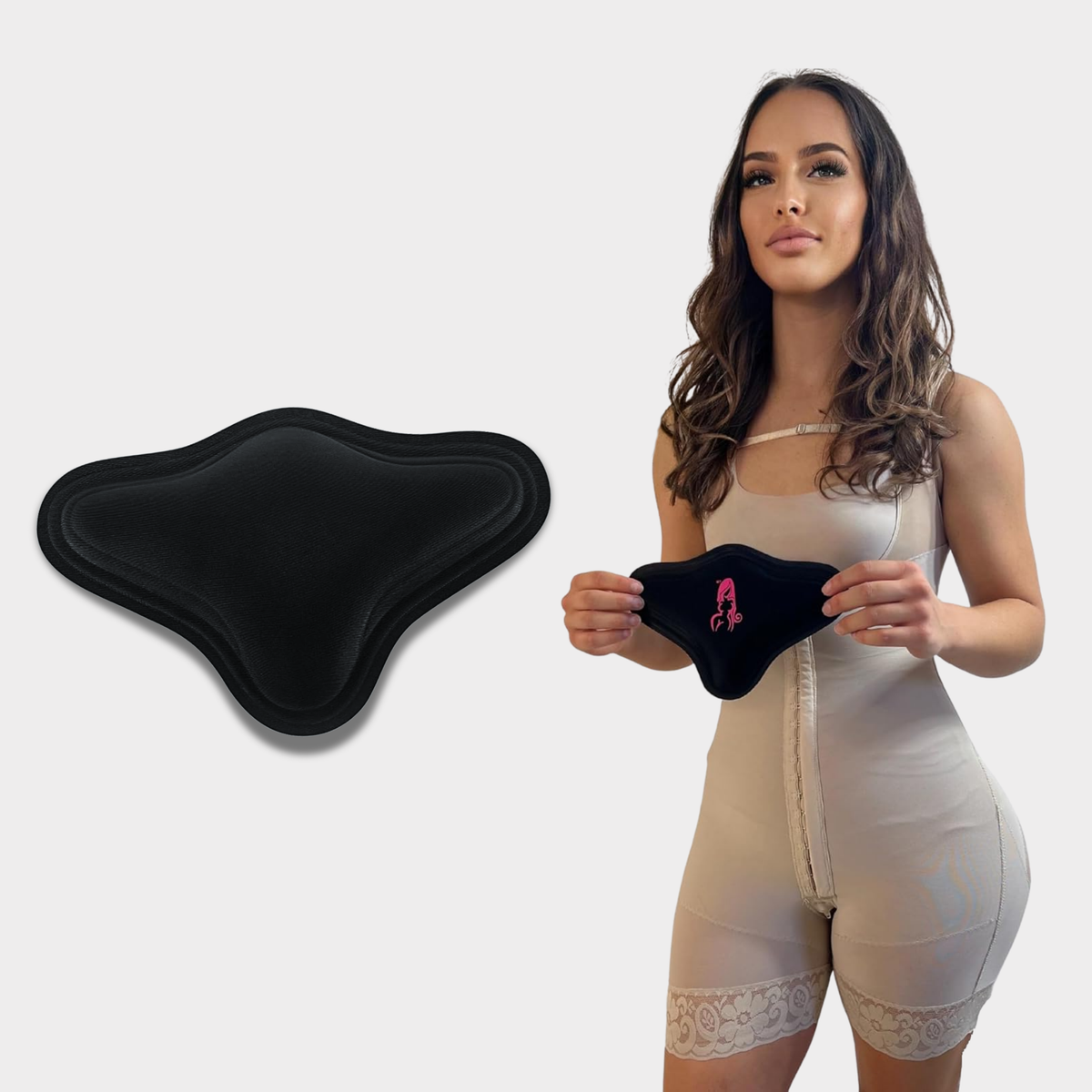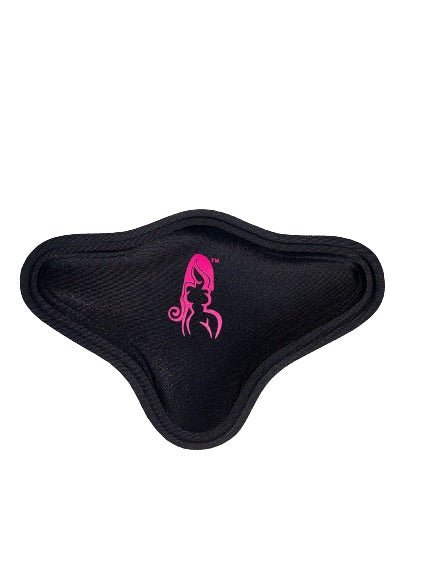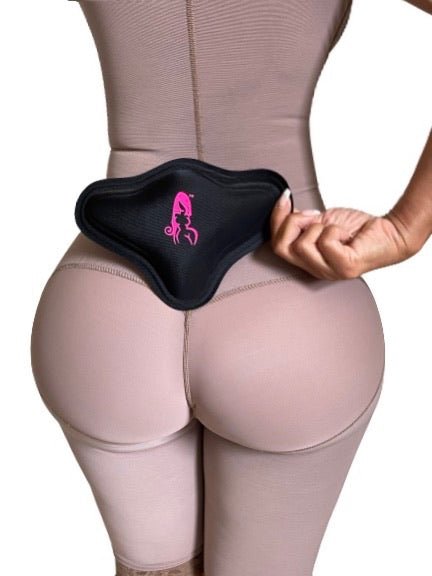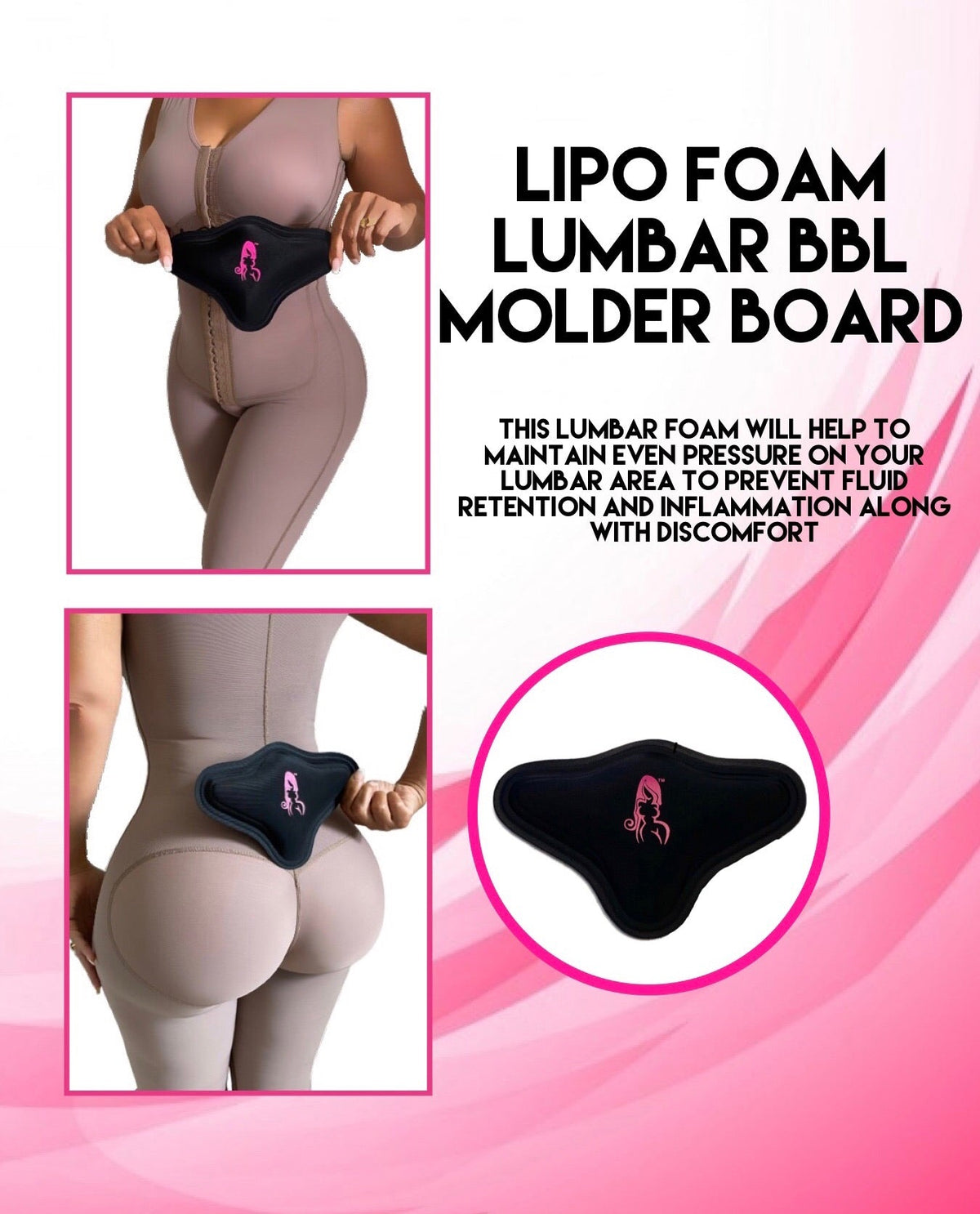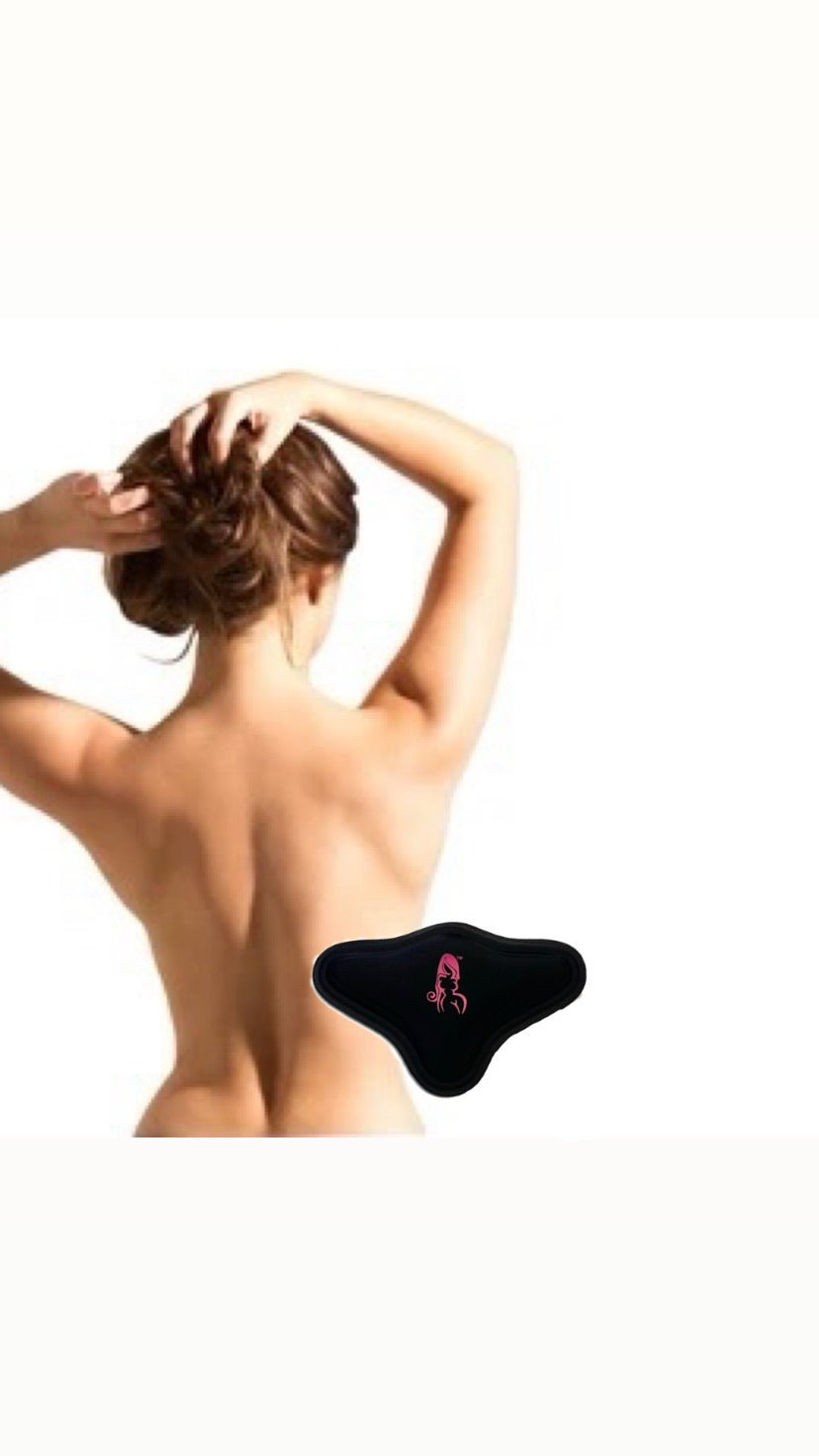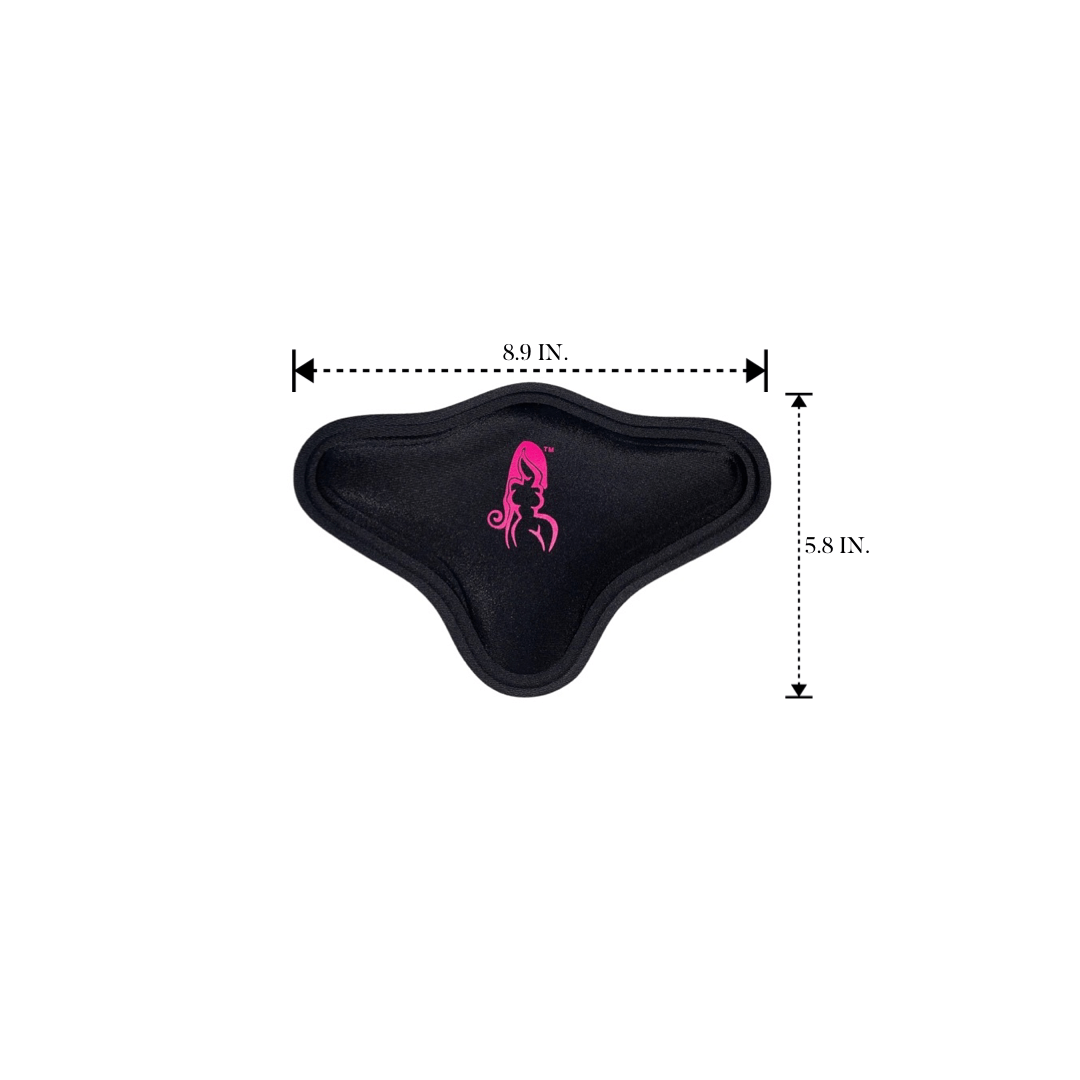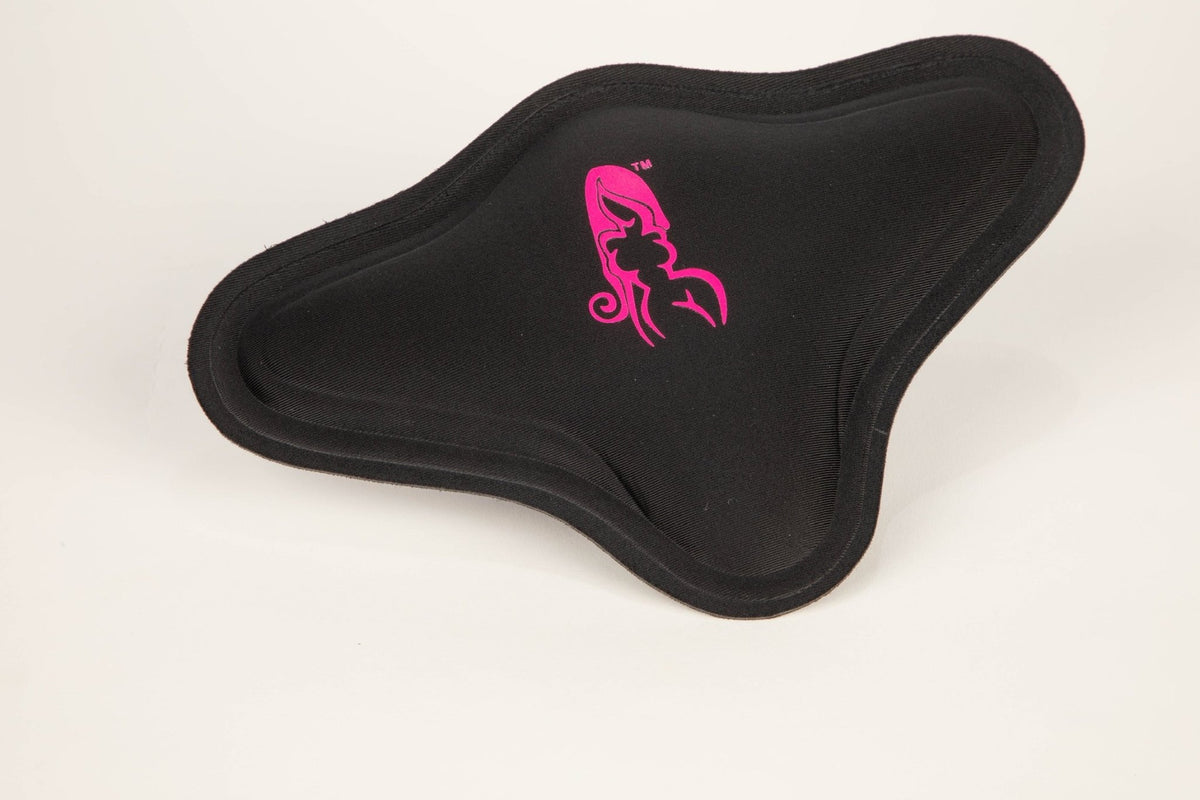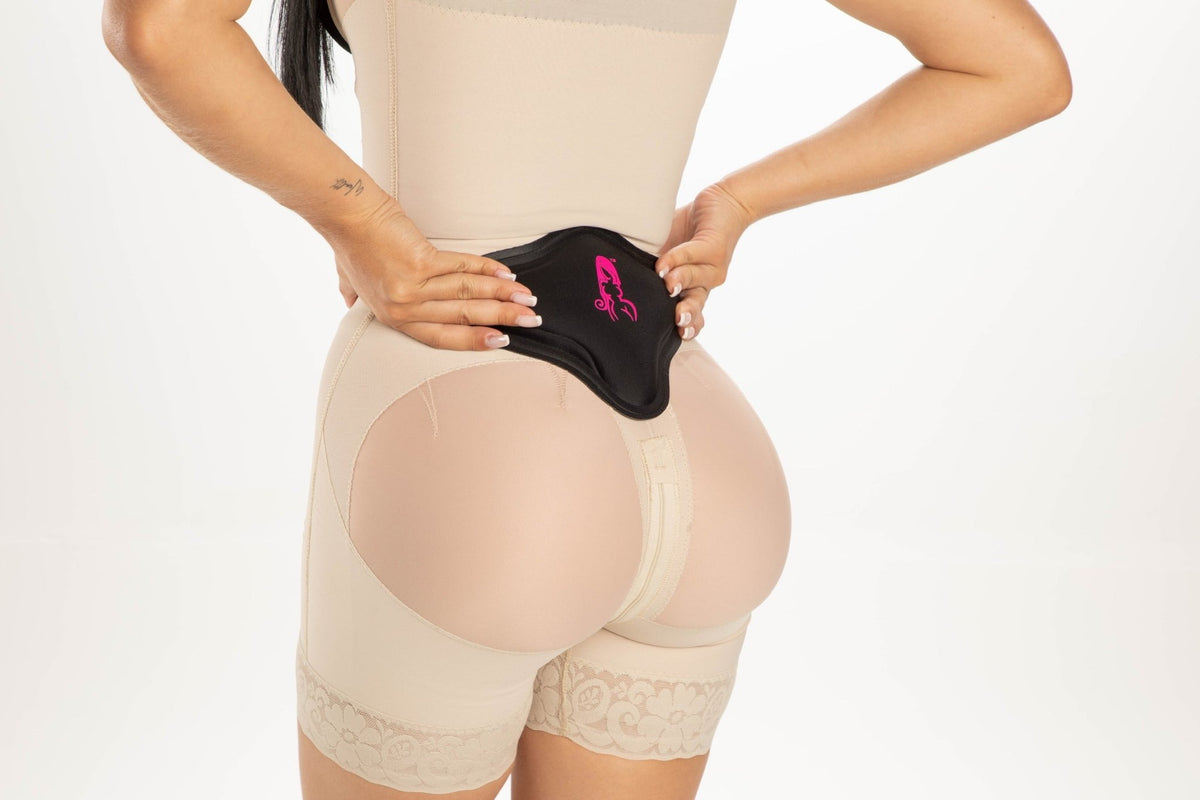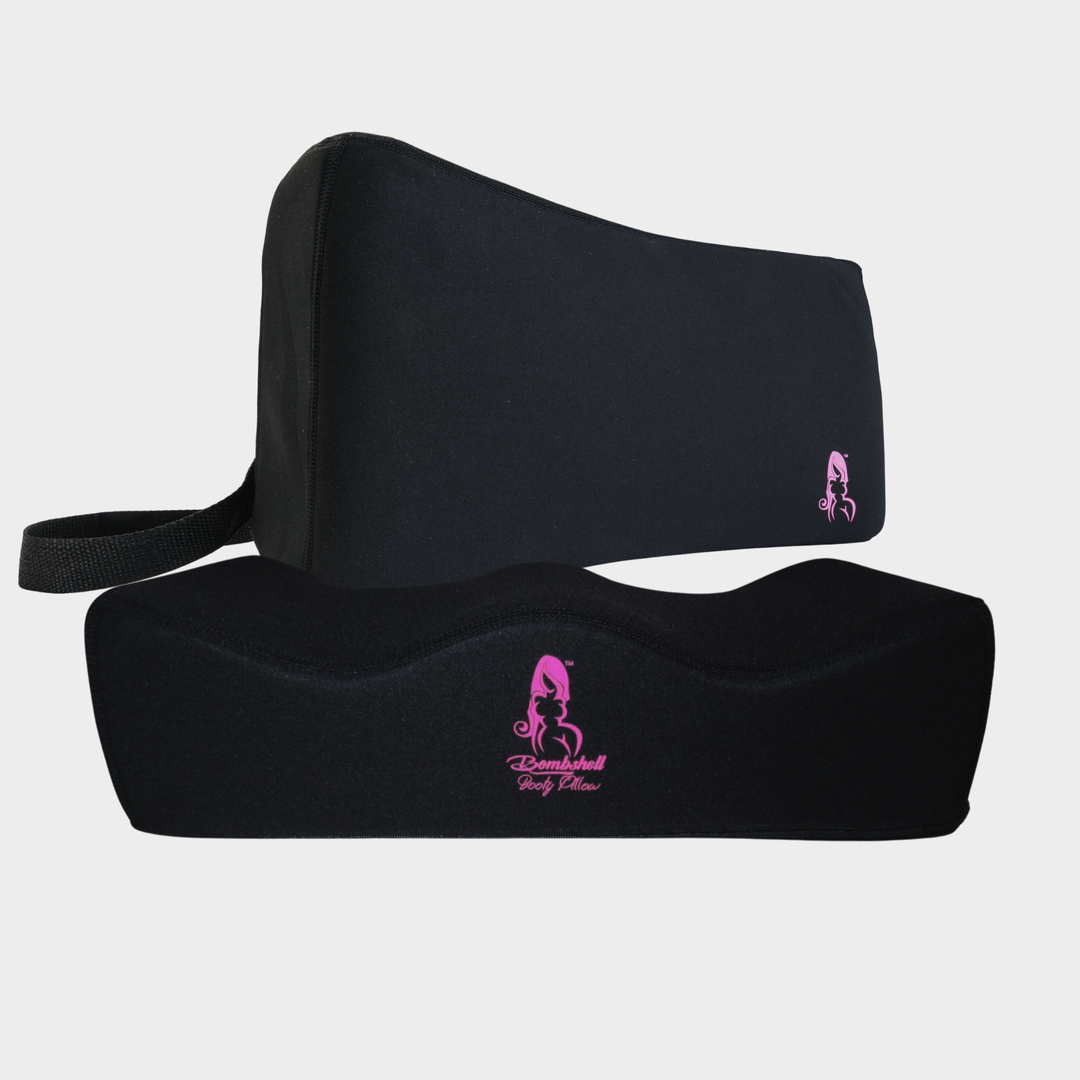Where Comfort Meets Curves – The Best in the Biz!
Best Seller
Bombshell Booty Pillow BBL Recovery kits
BBL Post surgery Recovery Kit: Bombshell Booty Pillow, Compression Board & More
Streamline your BBL recovery with our essential post-op kit. Includes Bombshell Booty Pillow, compression board, lipo foam & more. Shop Now!
Product Description:
Experience a smoother, more comfortable BBL recovery with our Complete BBL Post-Op Recovery Supply Kit. Navigating the world of post-op supplies after a Brazilian Butt Lift can be overwhelming. Our meticulously curated kit provides everything you need for a successful and comfortable recovery, eliminating the stress and expense of purchasing individual items.
This Comprehensive BBL Recovery Kit Includes:
- A11 Bombshell Booty Pillow (BBL Pillow for Sitting): This specially designed BBL pillow transfers pressure away from your buttocks, allowing you to sit comfortably without compromising your results. Its unique design prevents sinking and flattening, ensuring long-lasting support. Perfect as a BBL pillow for sitting, working, or traveling.
- Abdominal Compression Board (Post-Op Abdominal Board): This essential post-op garment provides even compression to your abdomen, helping to reduce swelling, minimize bruising, and promote proper contouring for a smoother, more defined silhouette.
- Lipo Lumbar Molder Back Board (BBL Back Board): This back board provides crucial lumbar support, promoting proper posture and reducing back pain often experienced after BBL surgery.
- 3-Pack Lipo Foam (Post-Op Lipo Foam): These medical-grade foam pads provide targeted compression and minimize discomfort in sensitive areas, ensuring even pressure distribution and promoting faster healing.
- Female Urinal (Post-Surgery Urinal): For added convenience and hygiene during the initial recovery period.
Key Benefits of Our BBL Recovery Kit:
- All-in-One Convenience: Get all the essential post-op supplies in one convenient package.
- Enhanced Comfort: Experience reduced pain and discomfort during your recovery.
- Faster Healing: Promotes proper circulation and reduces swelling for quicker healing.
- Cost-Effective: Save money by purchasing everything you need in one kit instead of buying individual items.
- Surgeon-Recommended: Developed in partnership with top plastic surgeons to ensure the highest quality and effectiveness.
Say goodbye to wasted money on unnecessary post-op pads and supplies! Our Bombshell Booty Pillow Recovery Kit simplifies your BBL journey, allowing you to focus on healing and achieving your desired results.
Spanish:
Simplifica tu recuperación BBL con nuestro kit postoperatorio esencial. Incluye almohada Bombshell Booty, tabla de compresión, espuma de lipo y más. ¡Compra ahora!
Descripción del Producto:
Experimenta una recuperación BBL más suave y cómoda con nuestro Kit Completo de Suministros para la Recuperación Postoperatoria BBL. Navegar por el mundo de los suministros postoperatorios después de un Levantamiento de Glúteos Brasileño puede ser abrumador. Nuestro kit meticulosamente seleccionado proporciona todo lo que necesita para una recuperación exitosa y cómoda, eliminando el estrés y el gasto de comprar artículos individuales.
Este Kit Integral de Recuperación BBL Incluye:
- Almohada A11 Bombshell Booty (Almohada BBL para Sentarse): Esta almohada BBL especialmente diseñada transfiere la presión lejos de sus glúteos, lo que le permite sentarse cómodamente sin comprometer sus resultados. Su diseño único evita que se hunda y se aplane, lo que garantiza un soporte duradero. Perfecta como almohada BBL para sentarse, trabajar o viajar.
- Tabla de Compresión Abdominal (Tabla Abdominal Postoperatoria): Esta prenda postoperatoria esencial proporciona una compresión uniforme en su abdomen, lo que ayuda a reducir la hinchazón, minimizar los moretones y promover el contorno adecuado para una silueta más suave y definida.
- Tabla Lumbar Moldeadora para Lipo (Tabla Lumbar BBL): Esta tabla para la espalda proporciona un soporte lumbar crucial, promoviendo una postura adecuada y reduciendo el dolor de espalda que se experimenta a menudo después de la cirugía BBL.
- Paquete de 3 Espumas de Lipo (Espuma de Lipo Postoperatoria): Estas almohadillas de espuma de grado médico proporcionan una compresión específica y minimizan la incomodidad en las áreas sensibles, lo que garantiza una distribución uniforme de la presión y promueve una cicatrización más rápida.
- Orinal Femenino (Orinal Postquirúrgico): Para mayor comodidad e higiene durante el período de recuperación inicial.
Beneficios Clave de Nuestro Kit de Recuperación BBL:
- Conveniencia Todo en Uno: Obtenga todos los suministros postoperatorios esenciales en un paquete conveniente.
- Mayor Comodidad: Experimente una reducción del dolor y la incomodidad durante su recuperación.
- Cicatrización Más Rápida: Promueve la circulación adecuada y reduce la hinchazón para una cicatrización más rápida.
- Rentable: Ahorre dinero comprando todo lo que necesita en un kit en lugar de comprar artículos individuales.
- Recomendado por Cirujanos: Desarrollado en asociación con los mejores cirujanos plásticos para garantizar la más alta calidad y eficacia.
¡Diga adiós al dinero desperdiciado en almohadillas y suministros postoperatorios innecesarios! Nuestro Kit de Recuperación con Almohada Bombshell Booty Pillow simplifica su viaje BBL, permitiéndole concentrarse en la curación y el logro de los resultados deseados.
El Cojín BBL Postoperatorio kit es ideal para el cuidado postoperatorio, diseñado para una recuperación cómoda, este cojín cuenta con espuma inteligente que se adapta al cuerpo
Bootylicious Bliss - BBL Pillow & Accessories

-
Bombshell Booty BBL Pillows
Transform your BBL recovery journey with the patented Bombshell Booty Pillow collection. Engineered for unparalleled comfort and support, our Butt pillows are designed to protect your investment and maximize your results. Discover the difference of a uniquely designed, doctor-approved BBL pillow, crafted with premium materials to minimize pressure on newly transferred fat cells.
-
Bombshell BBL Backrest
Our Bombshell BBL backrest is the ultimate accessory for anyone recovering from a Brazilian Butt Lift (BBL) procedure. This innovative backrest provide maximum comfort and support to your lower back, while also protecting your newly augmented buttocks.
-
My Booty Pillow
Our specially designed BBL pillows provide optimal support and relief during your recovery journey. Crafted for comfort and convenience, each pillow carefully crafted to accommodate your needs. It allows you to sit comfortably without putting pressure on your newly augmented areas. Elevate your healing experience with our collection of BBL pillows that prioritize your well-being and comfort. Welcome to a world of ultimate post-surgery comfort – shop "My Booty BBL Pillows" today.
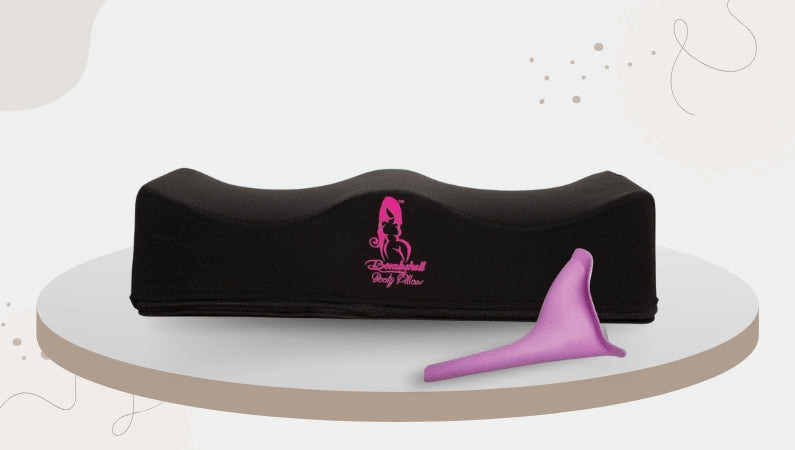
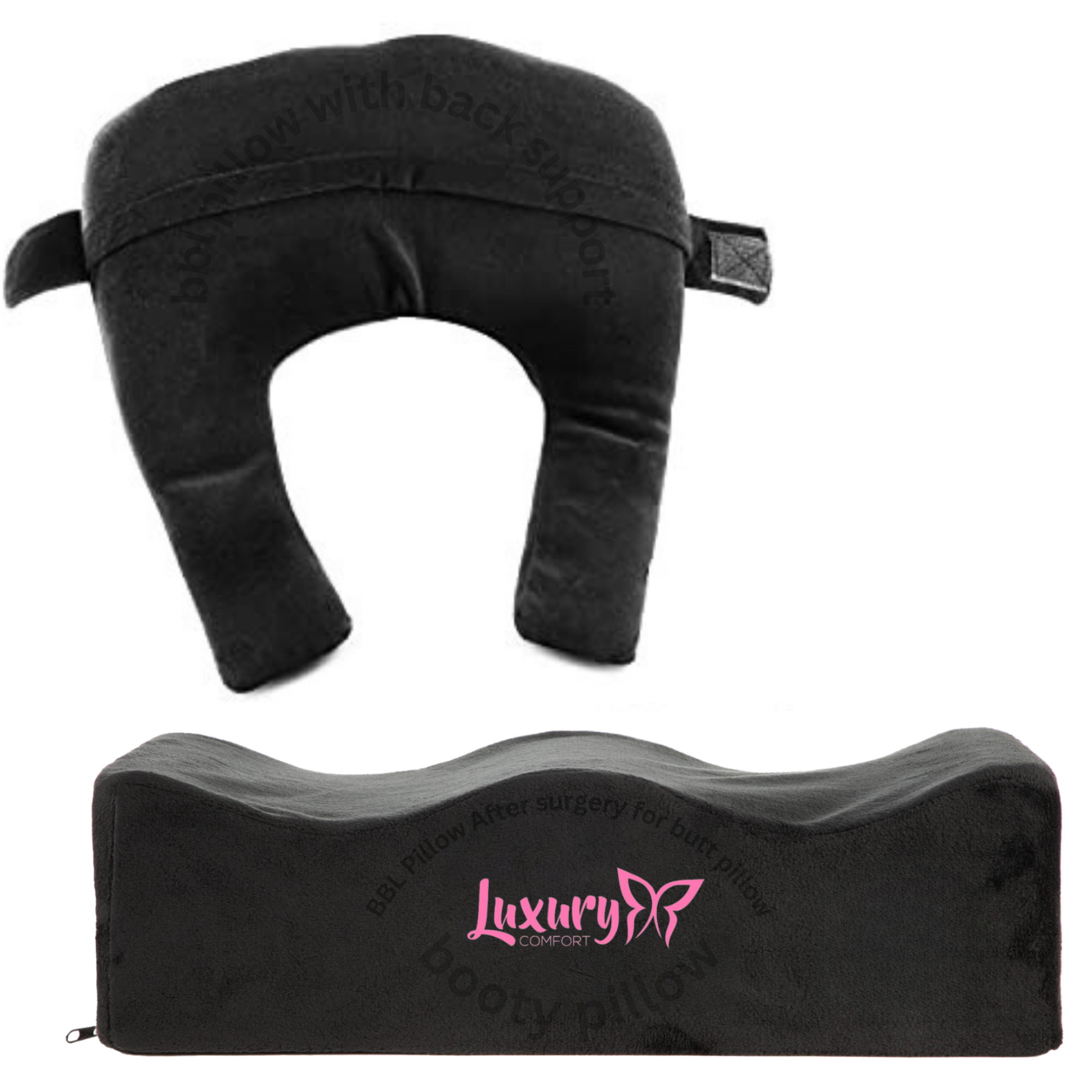
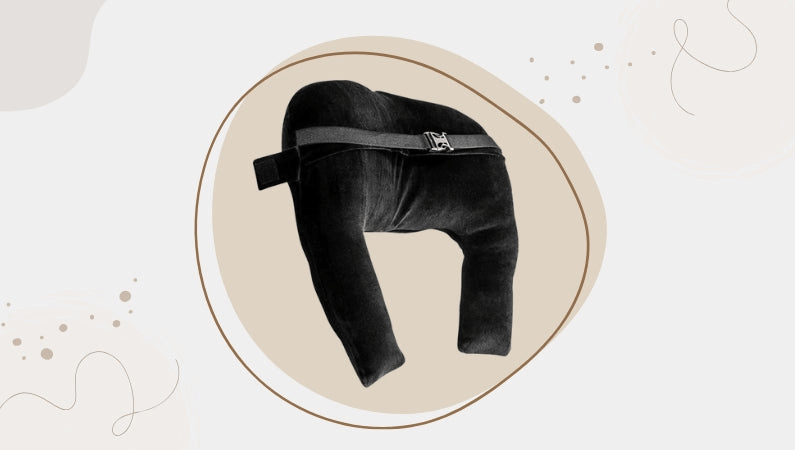
BBL Lumbar backboard Support
This BBL Lumbar Support board is made out of Polystyrene, it is breathable and firm. The curved design can provide even compression and create a soft barrier over your skin to reduce bruising and swelling, and keep your lumbar area smooth and flat.
Also, this backboard is ergonomic, it is an invisible abdominal Ab board under the compression garments and won't attract anyone's attention. So you can wear it wherever you stay at home or go out. Width: 8.9 inches, High: 5.8 inches.
- The cushion and backrest dimensions adapted to any type of chair, armchair, sofa.
- Our unique backrest comes with a strap that stretches and stays in place
- Super-comfortable, ergonomic and doctor-recommended support for butt & thighs
- A unique shape for all women, thick & firm but not hard or stiff.
Get now BBL Lumbar Support board for post surgery recovery.
GTIN;00850034497006




